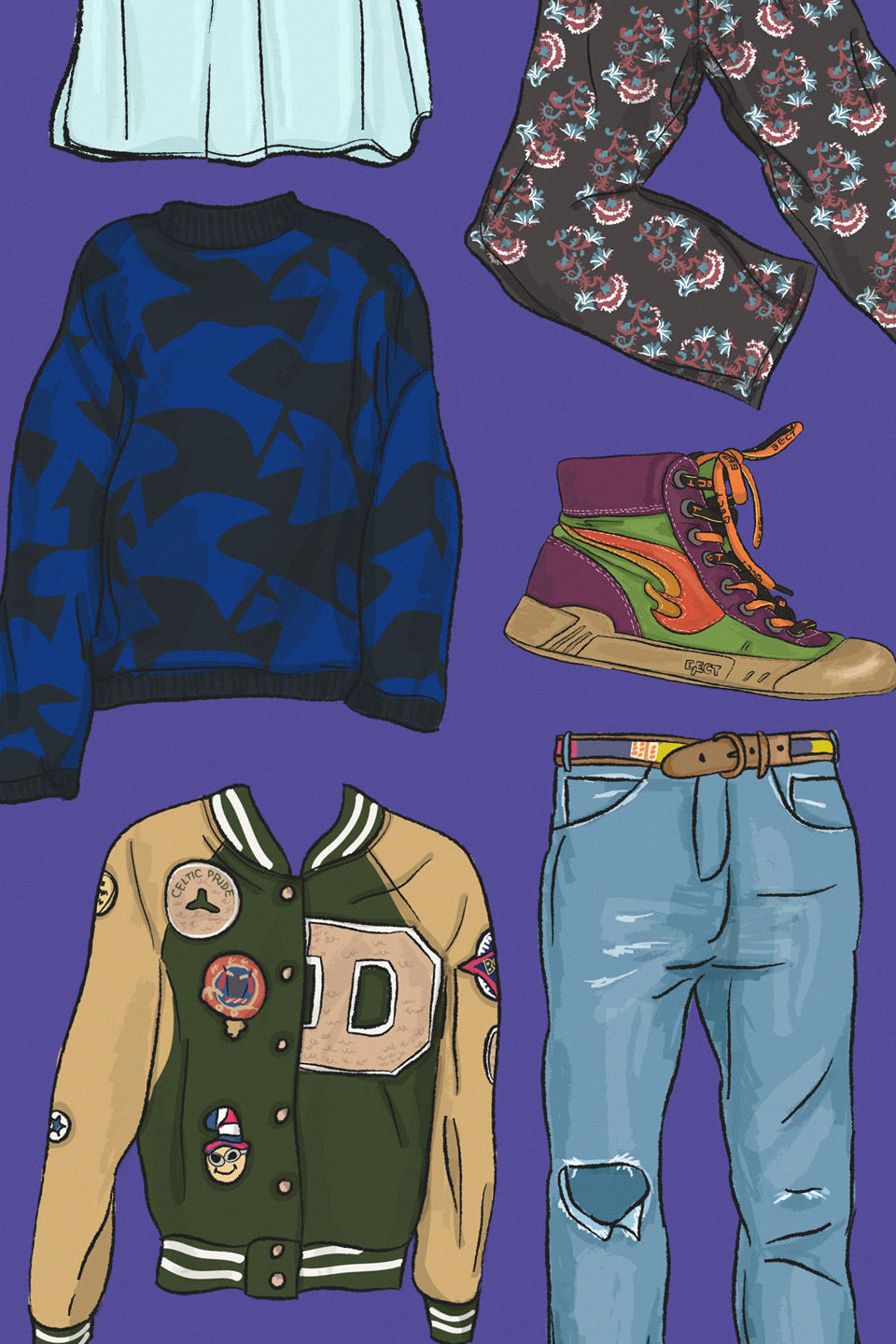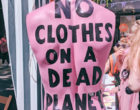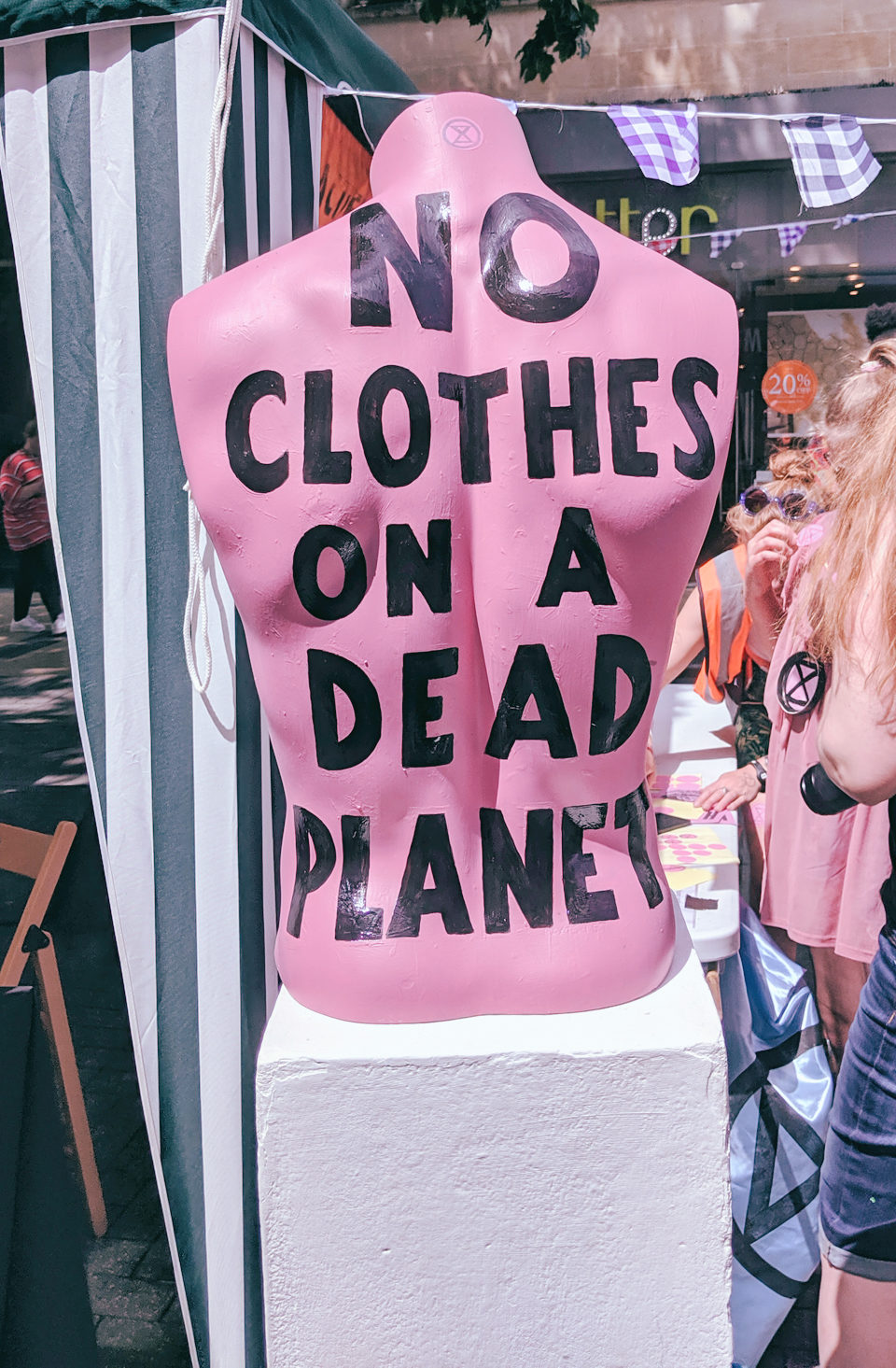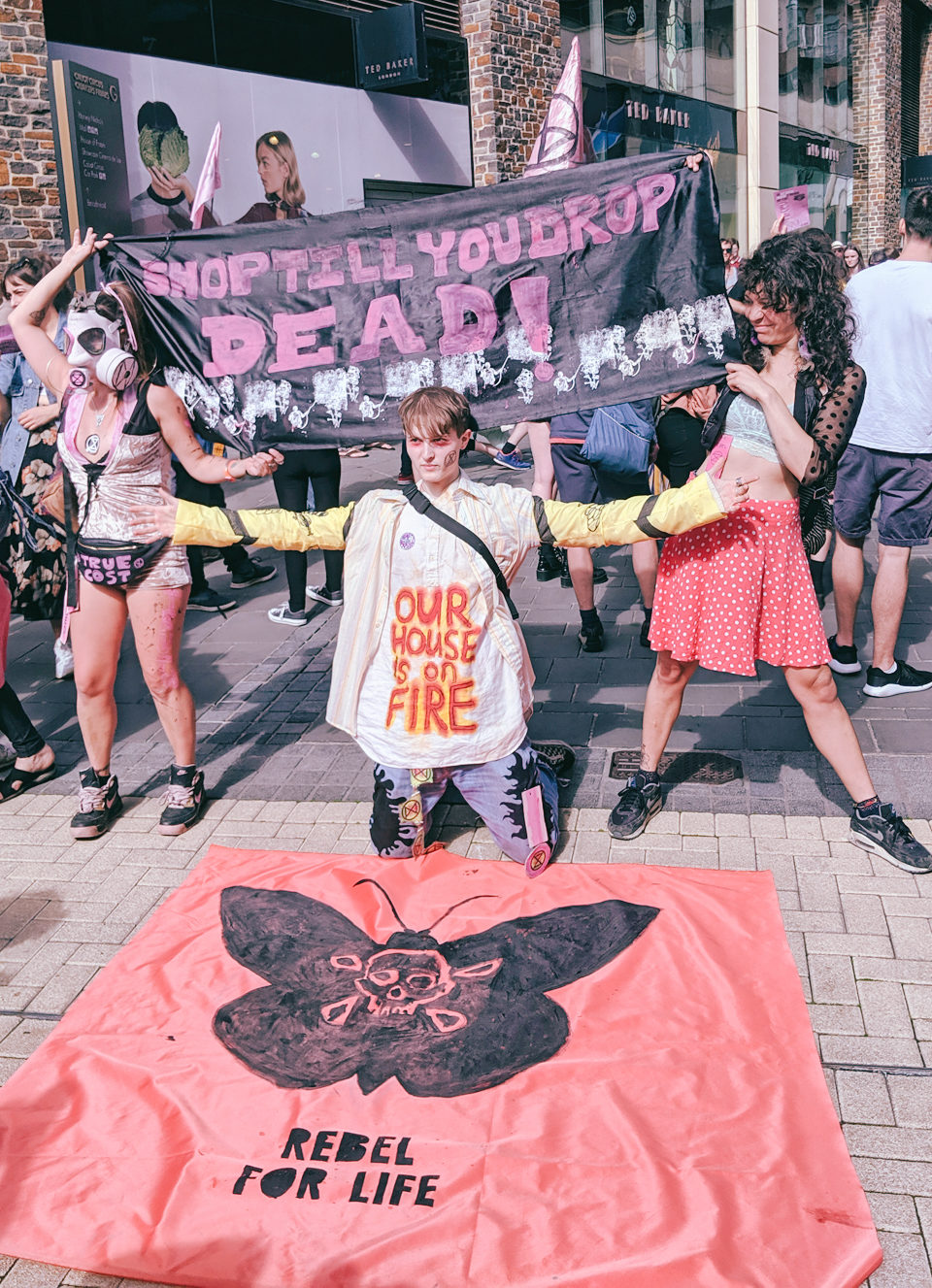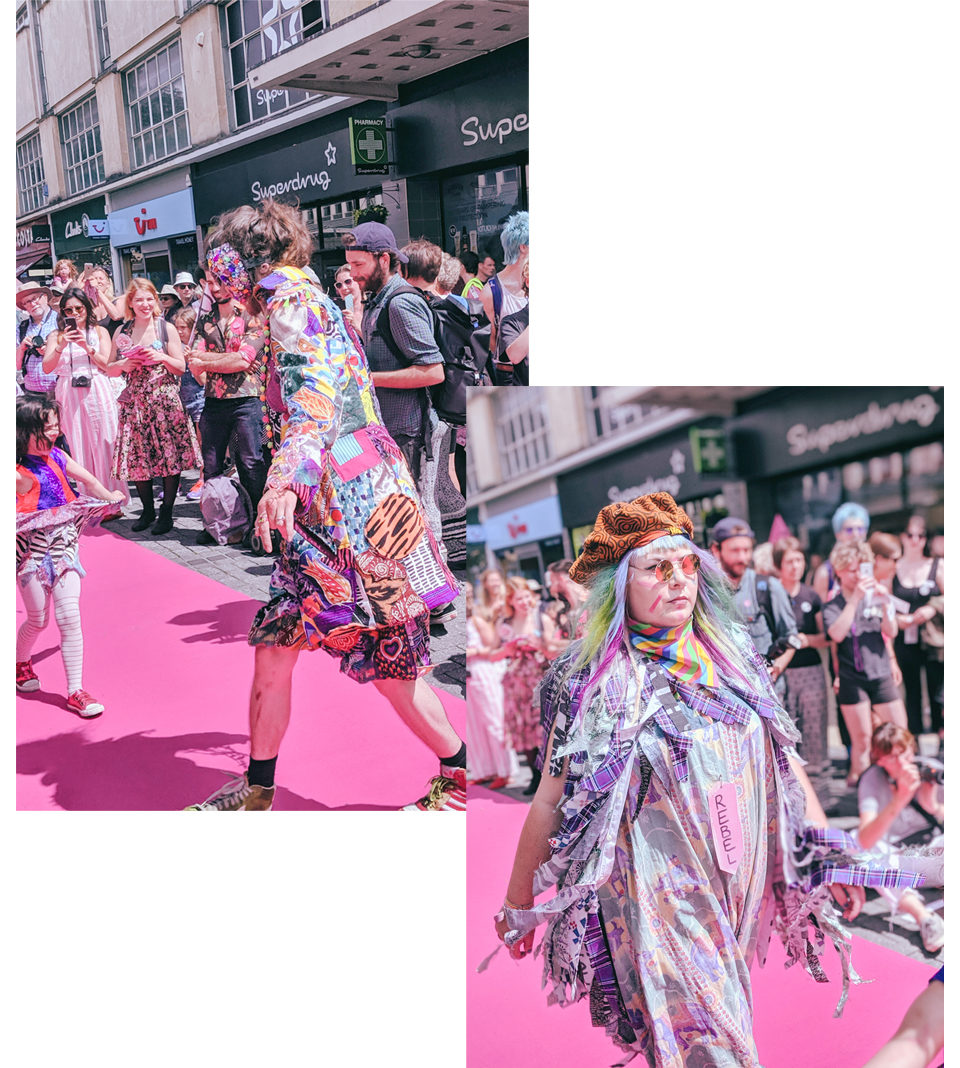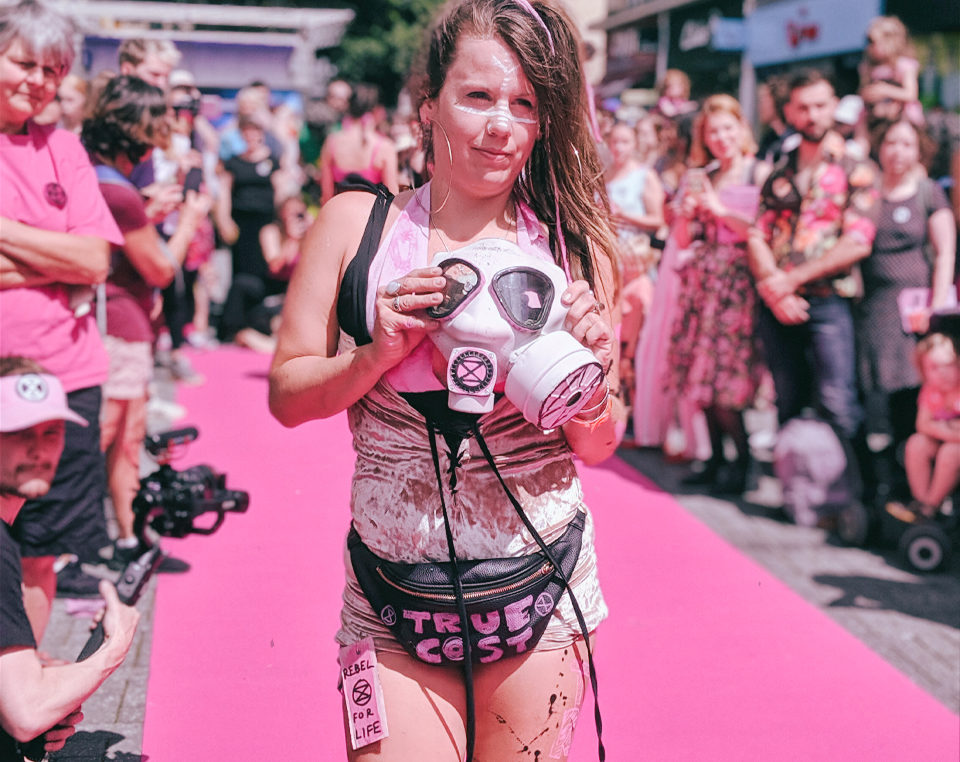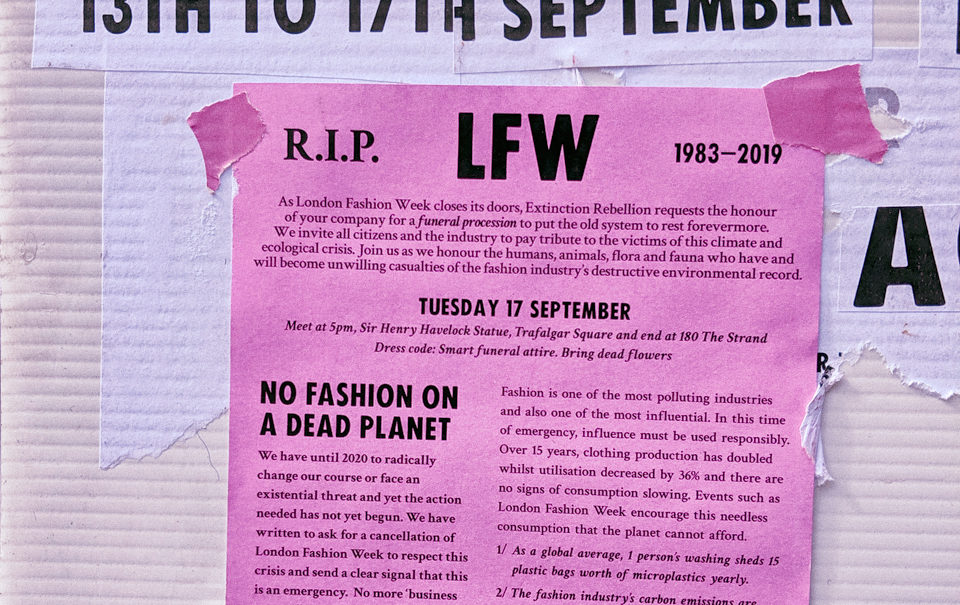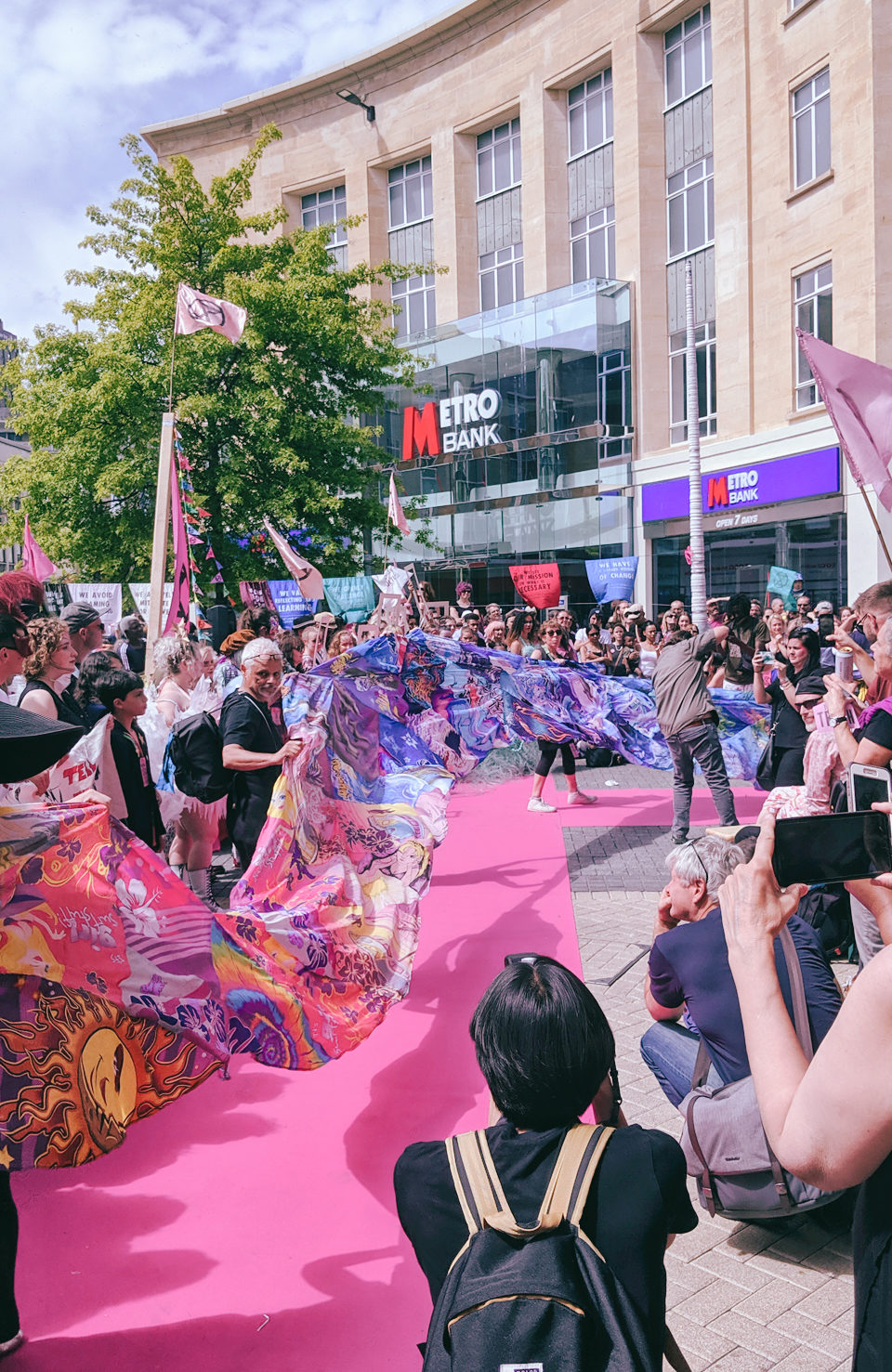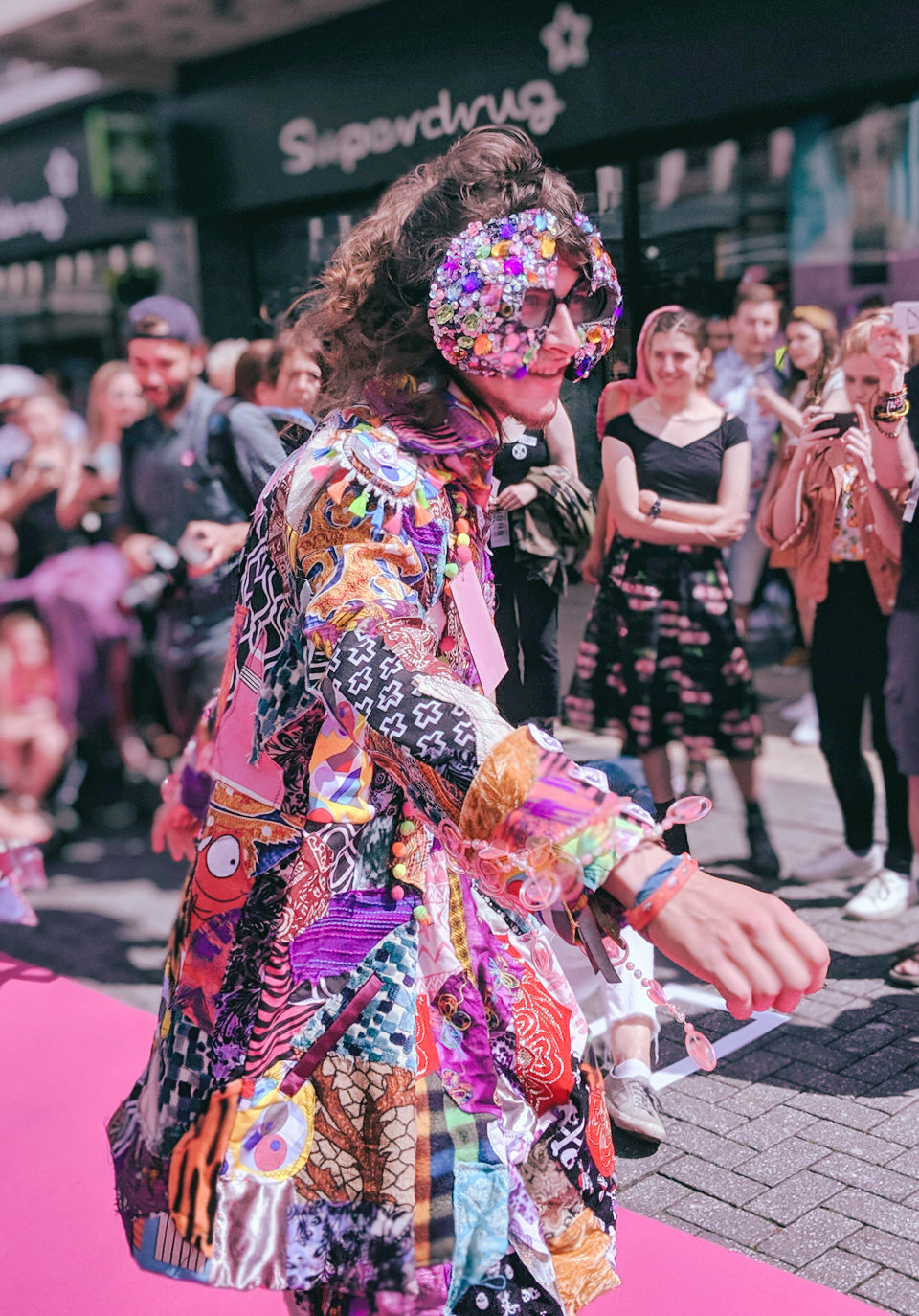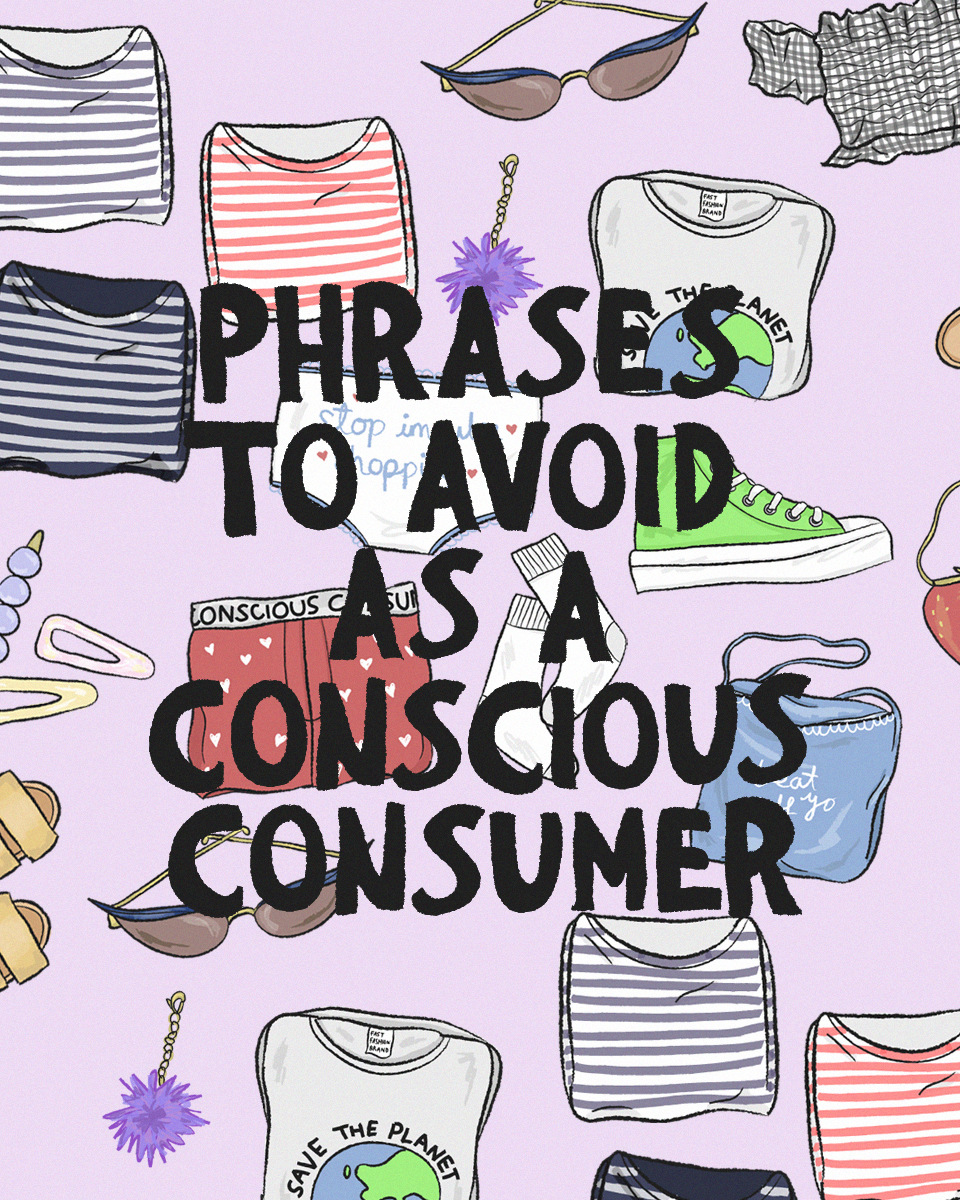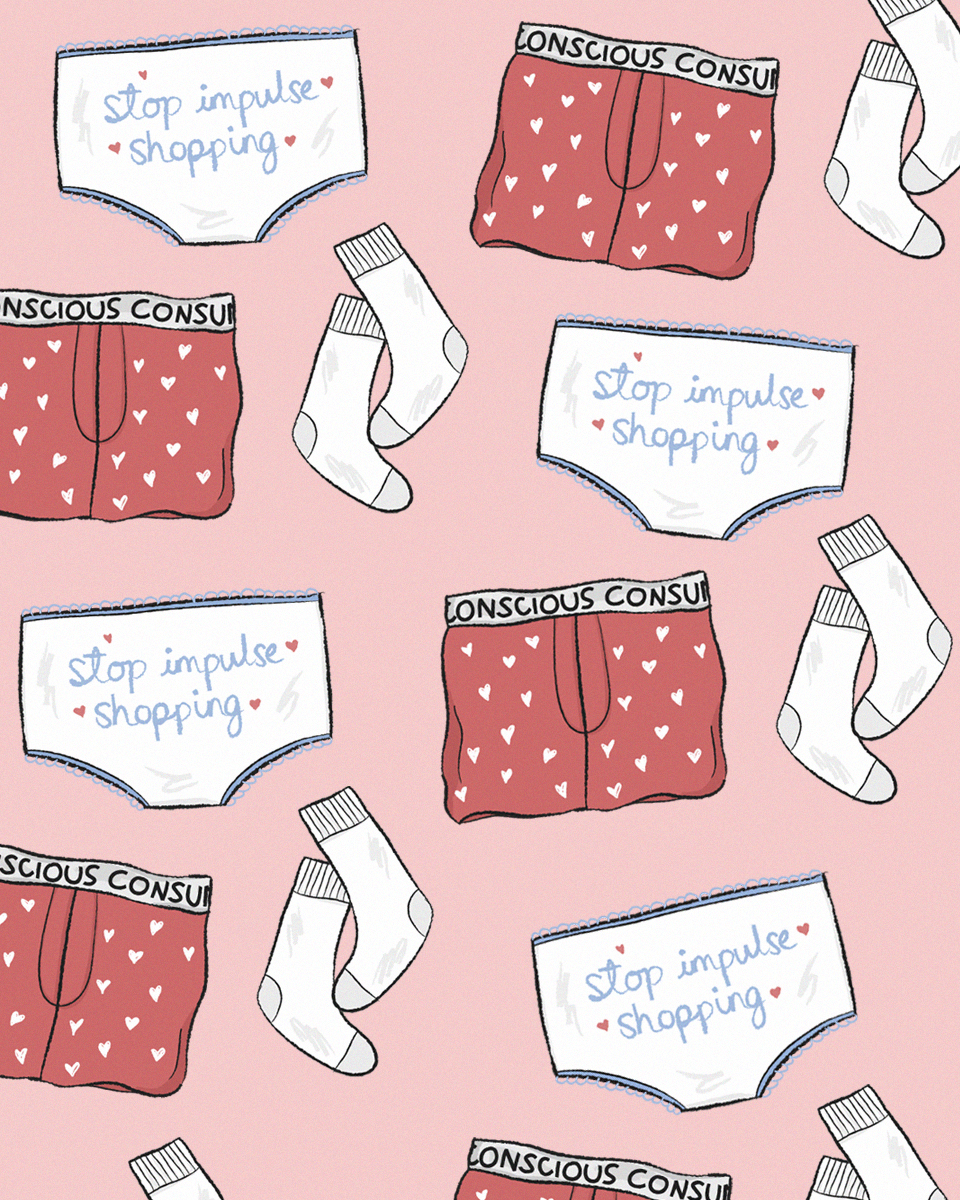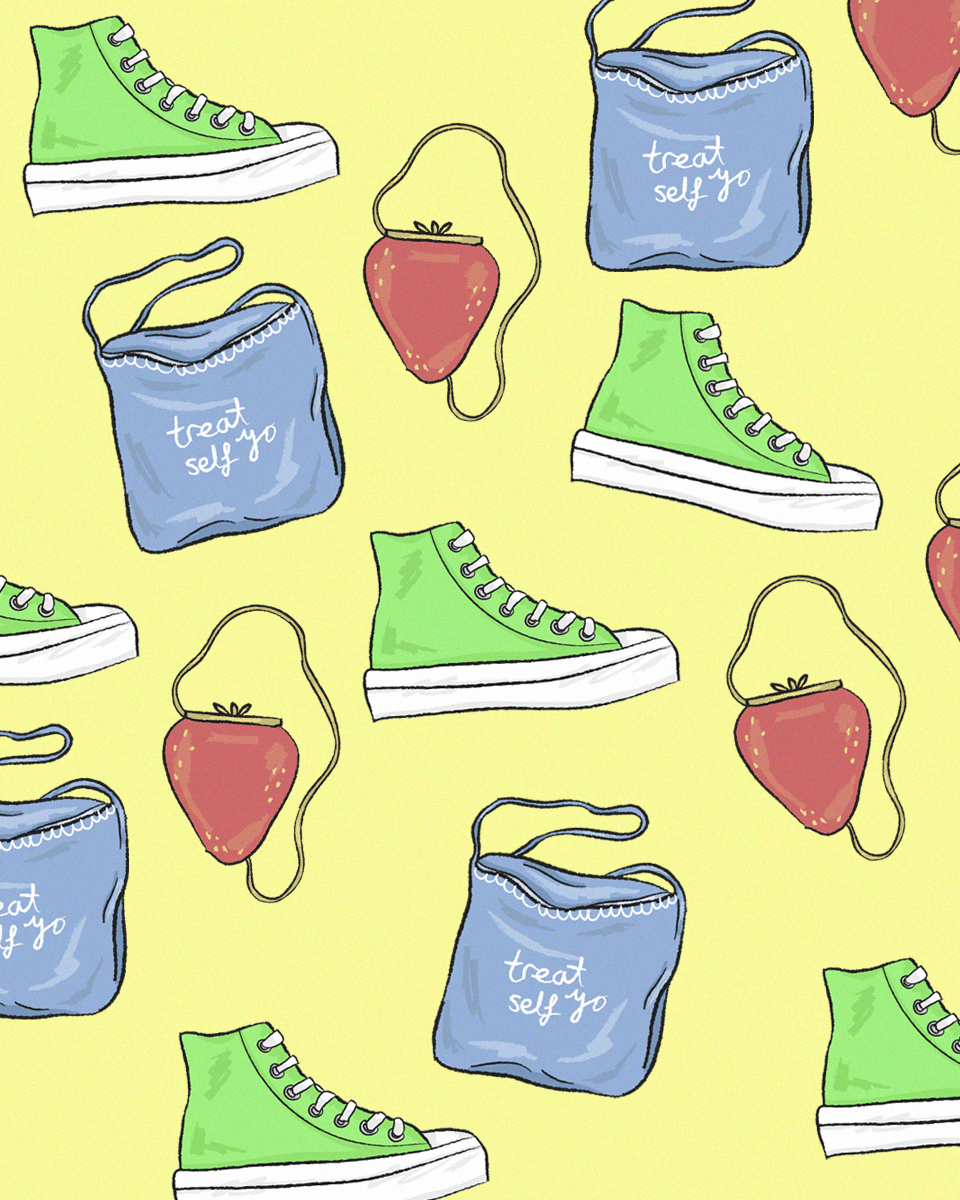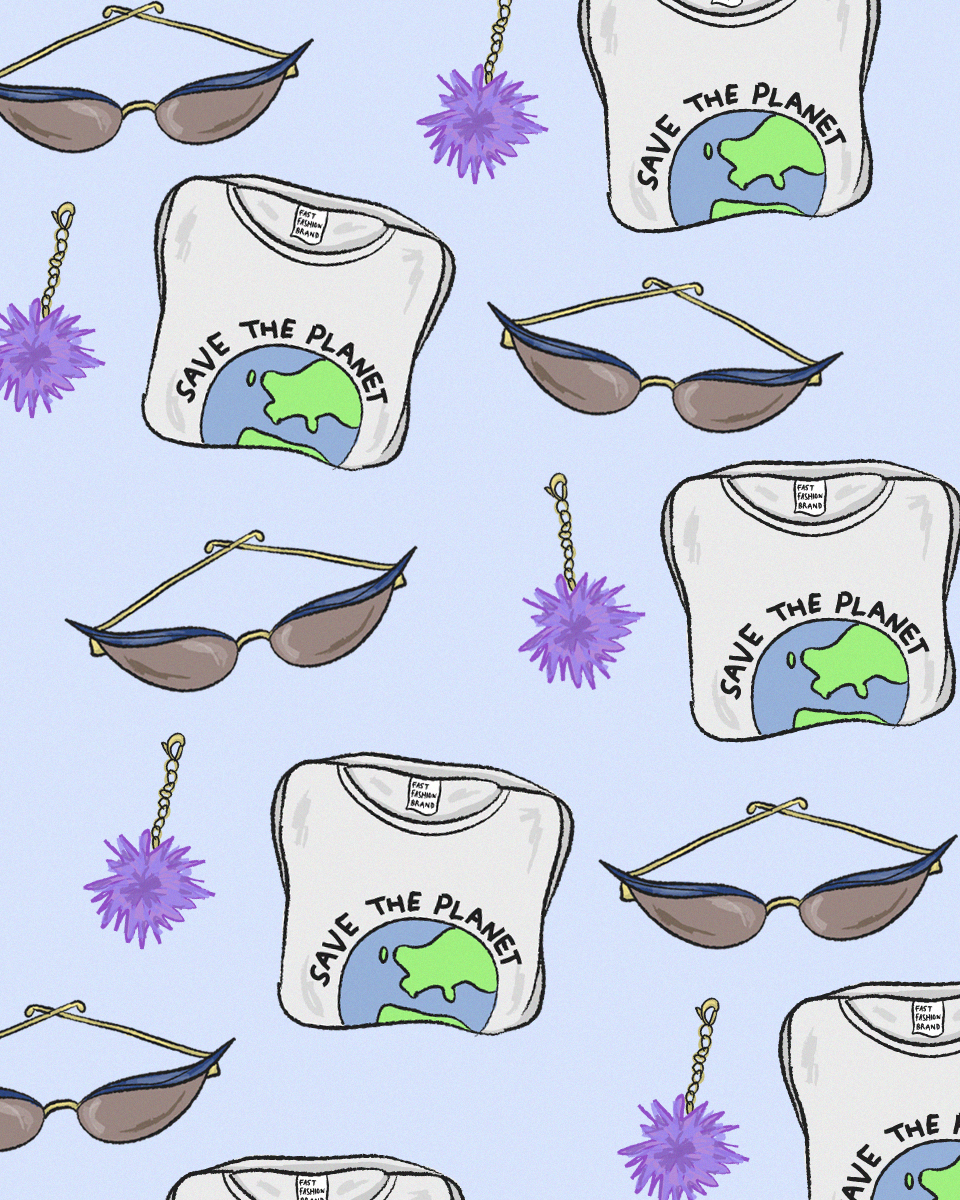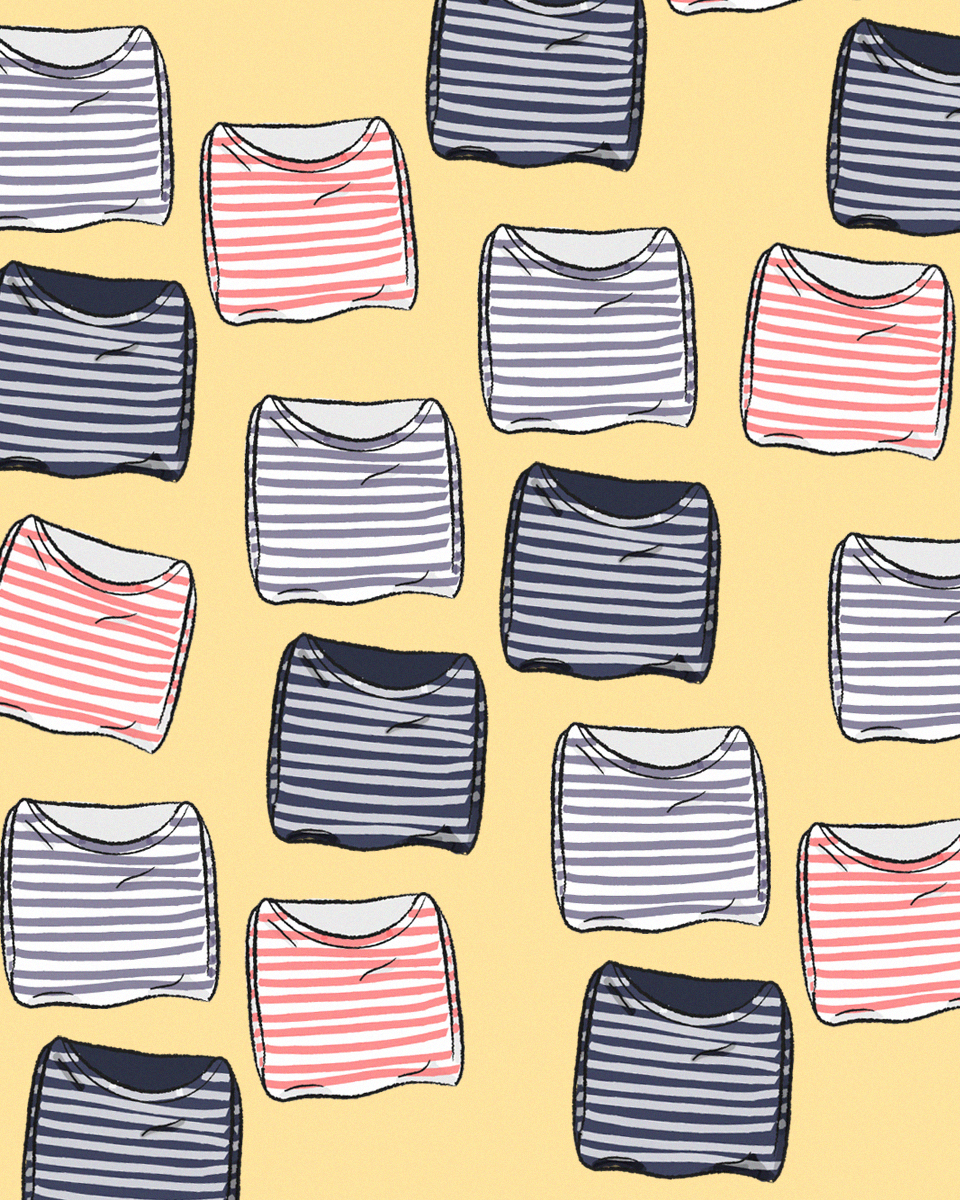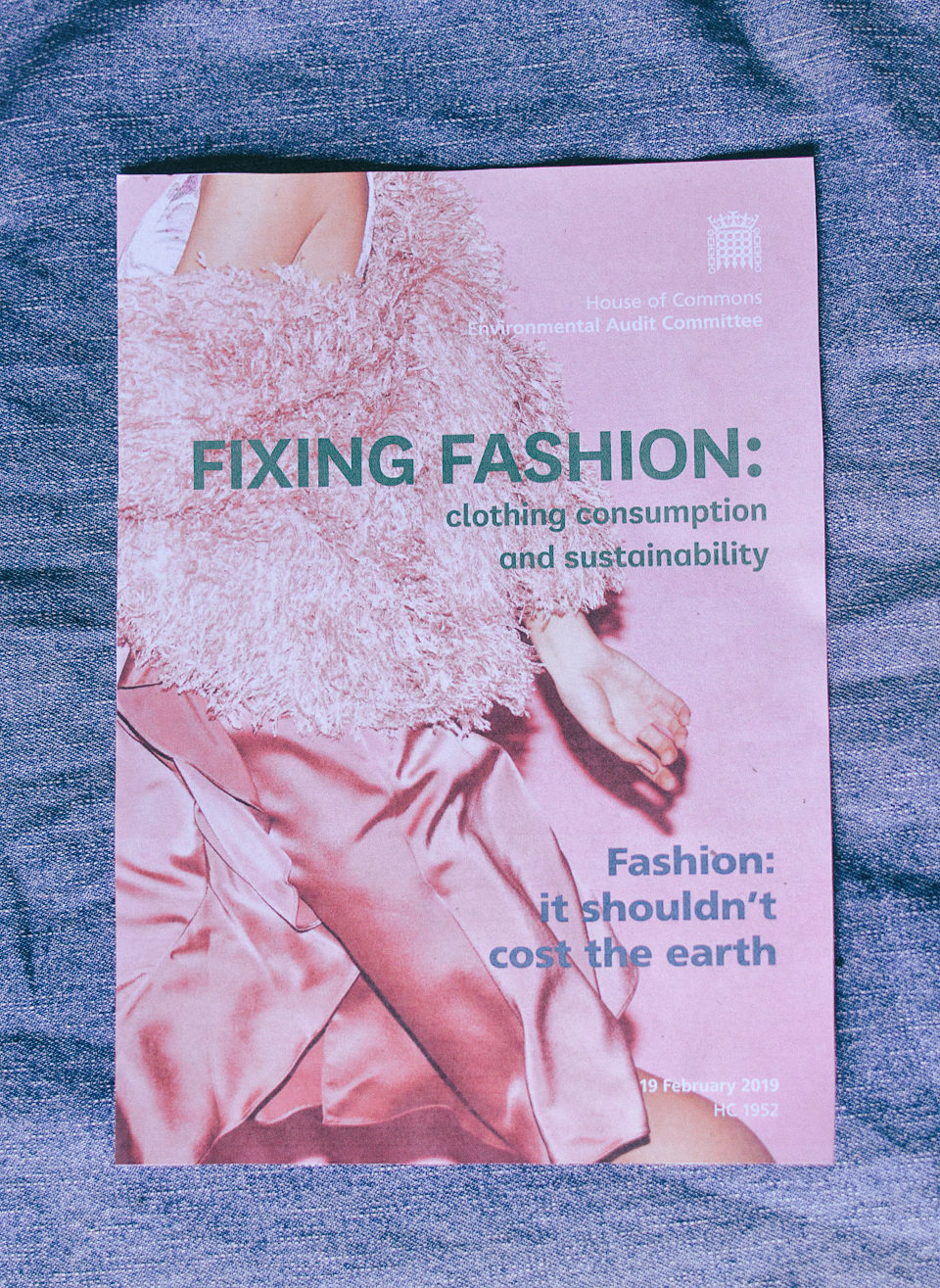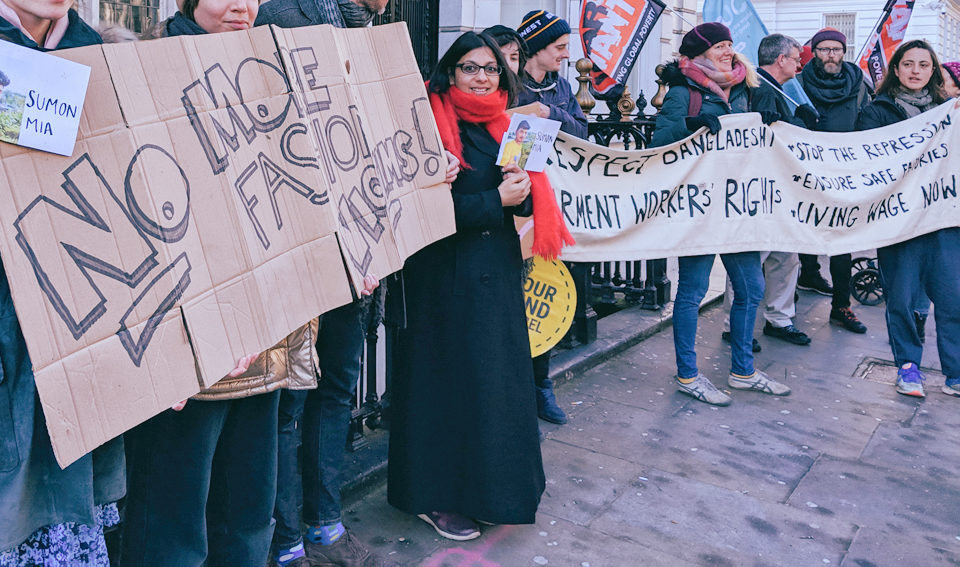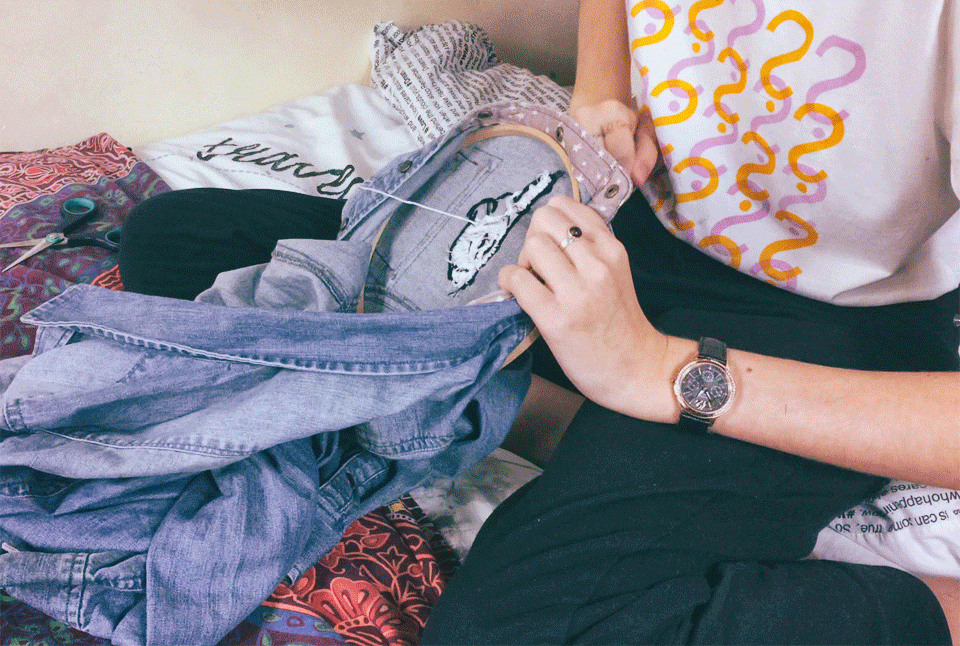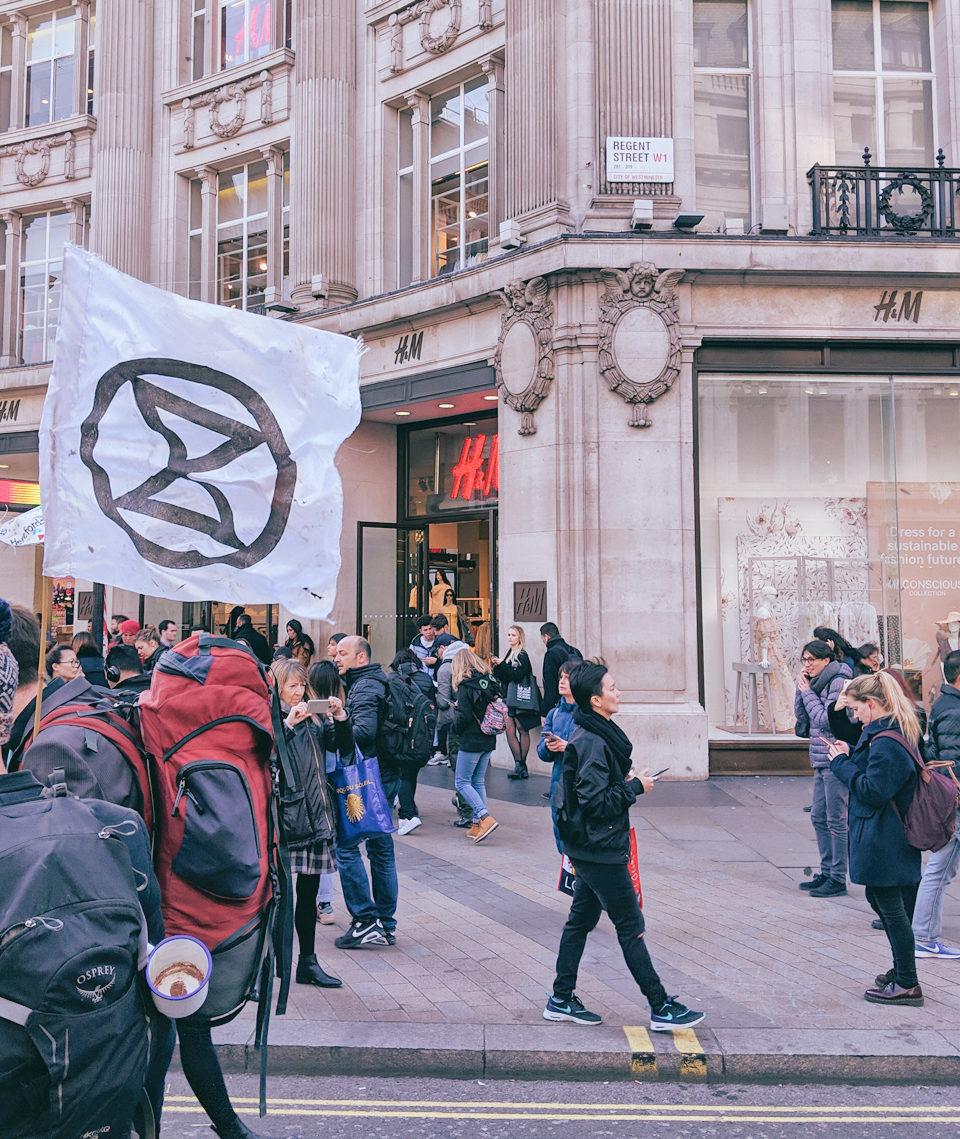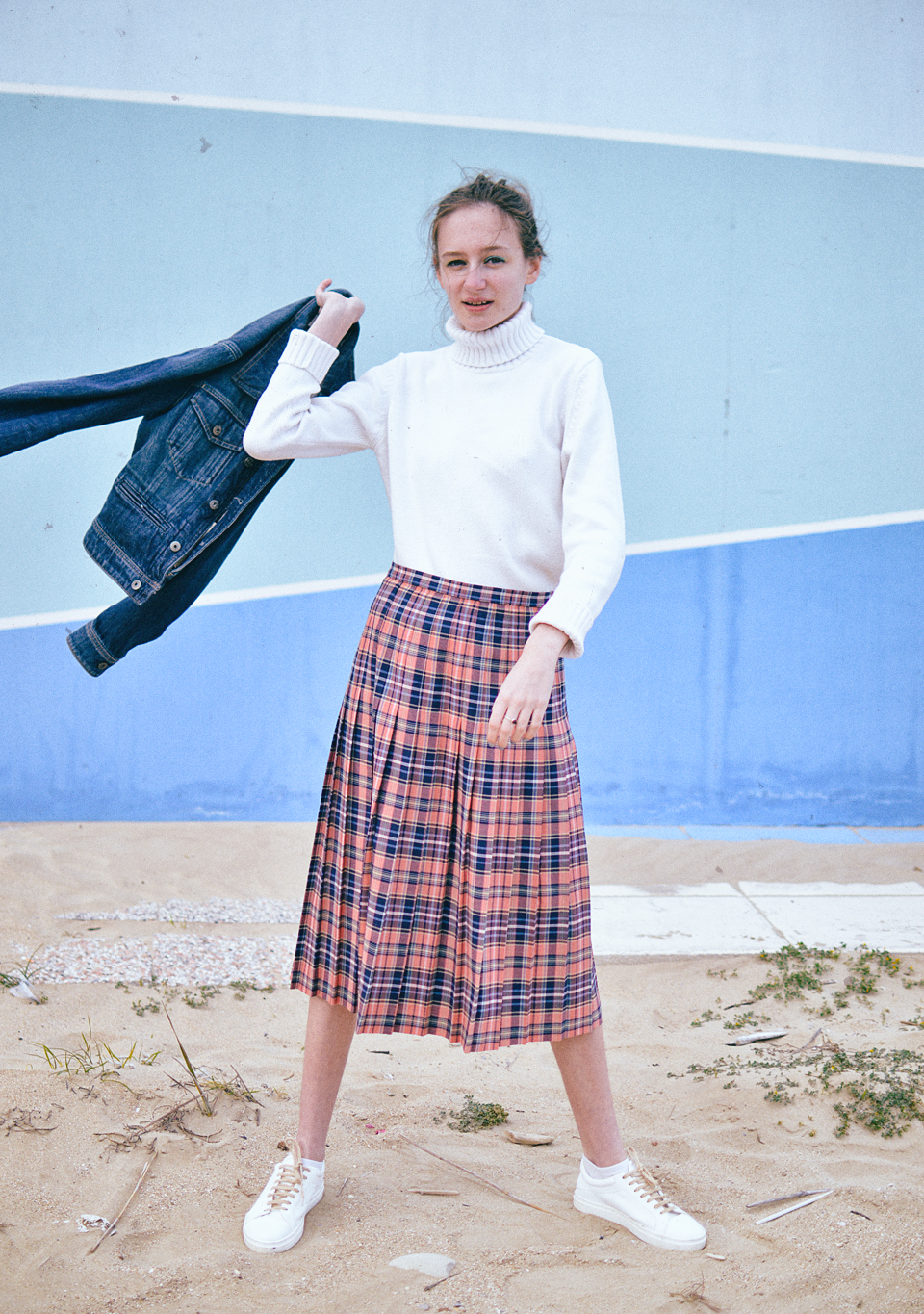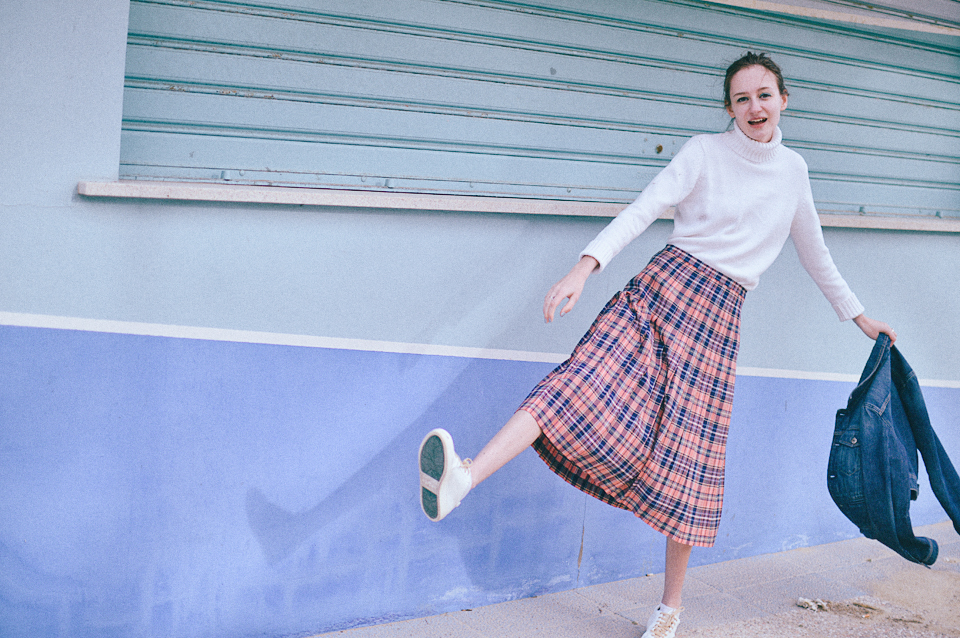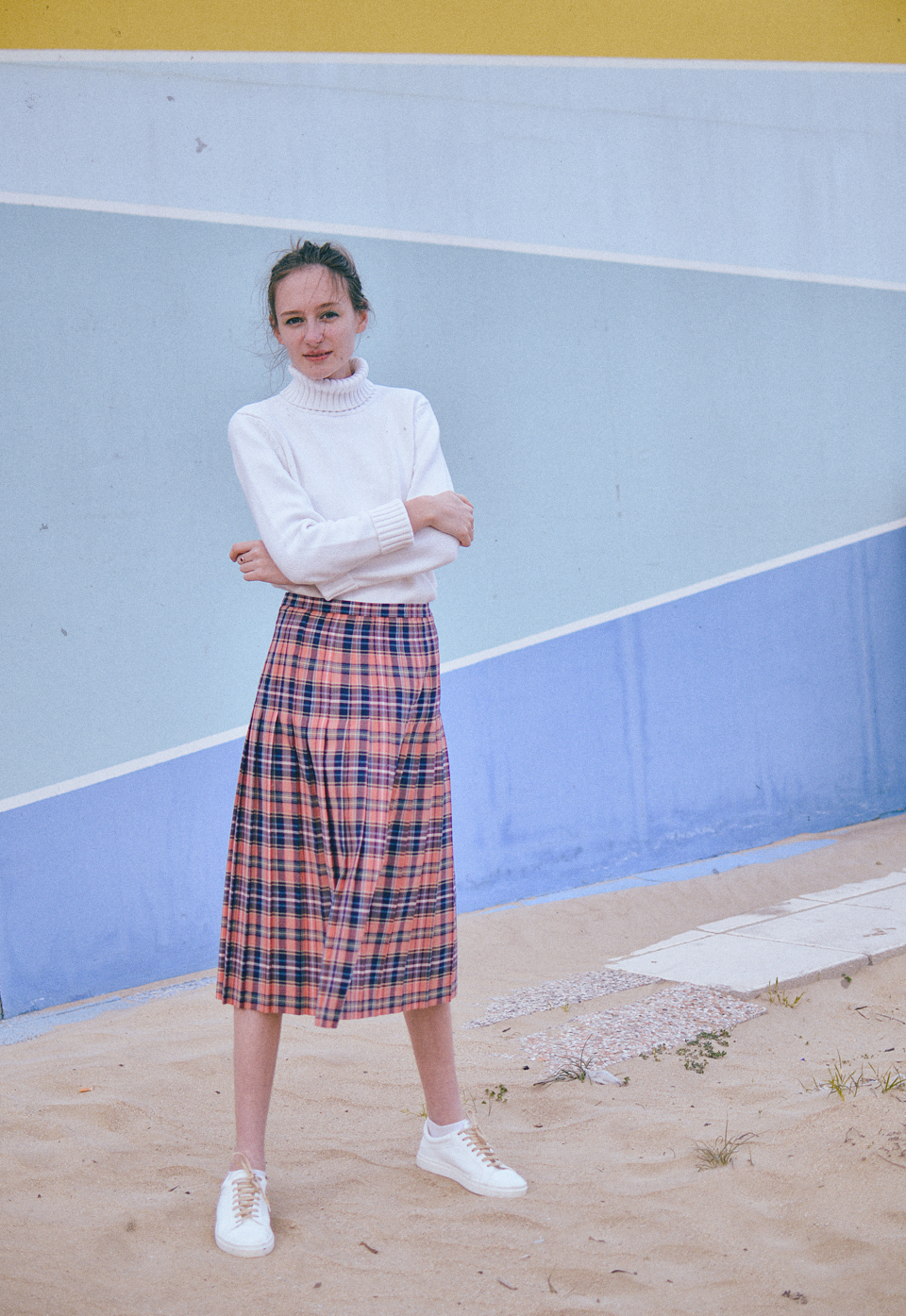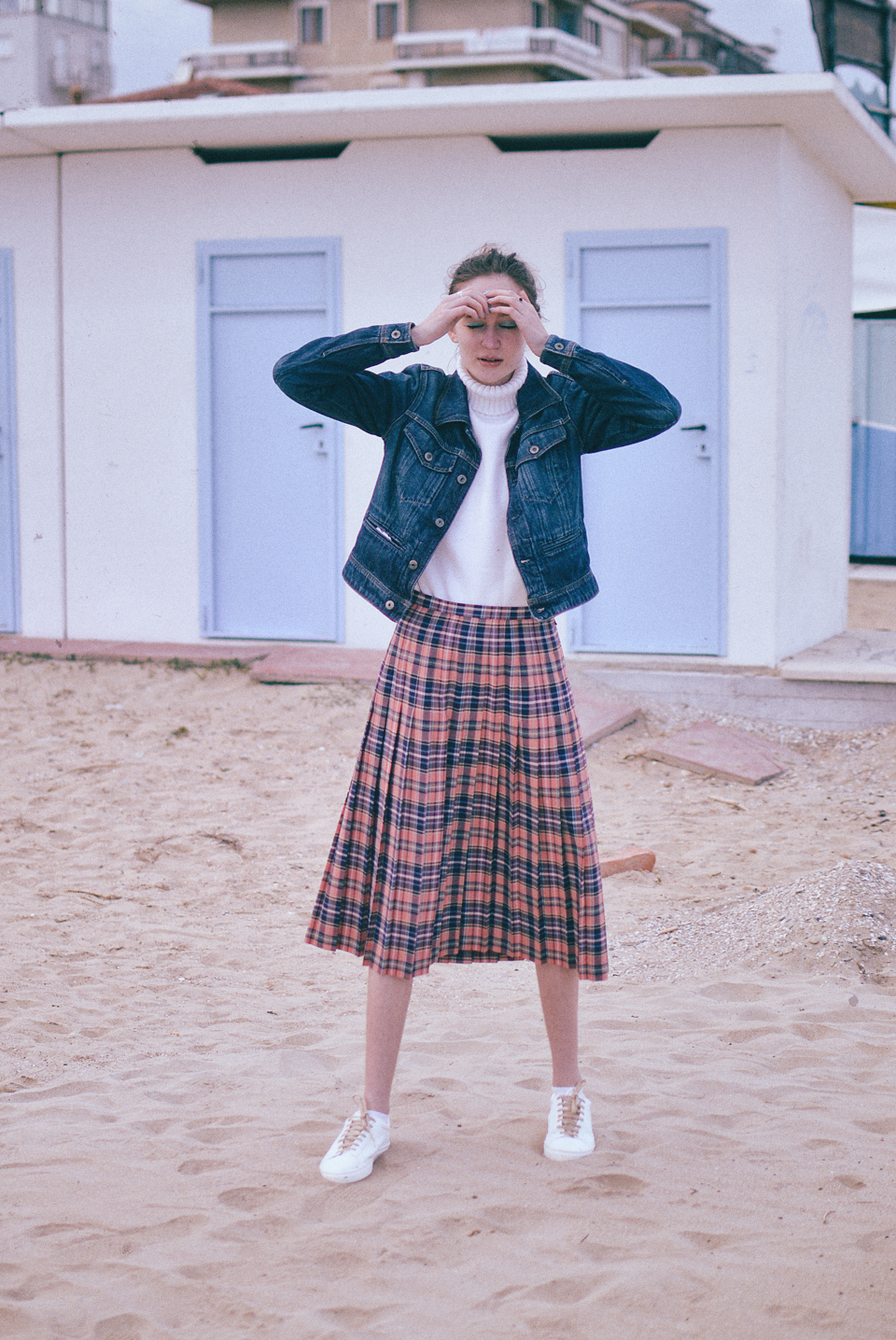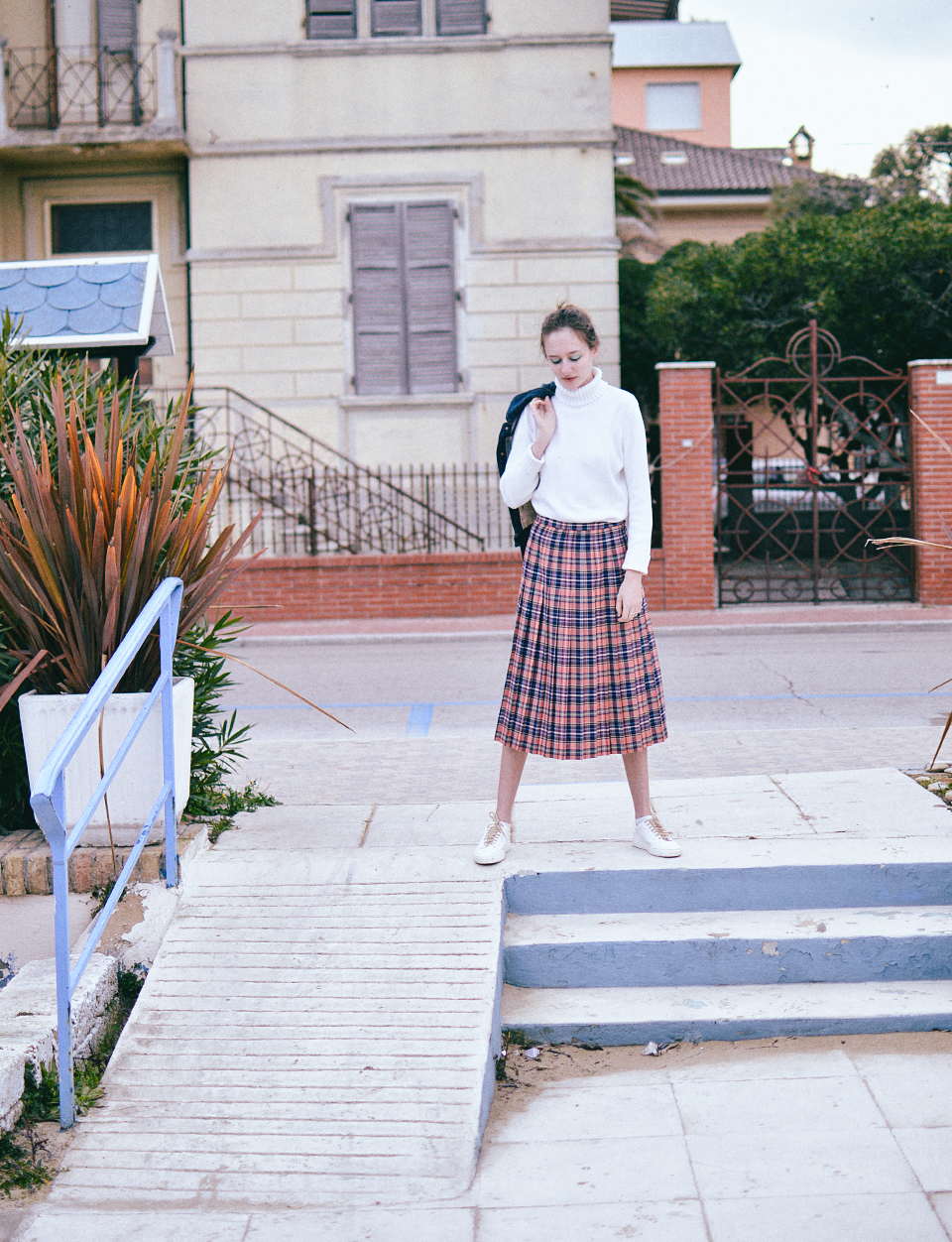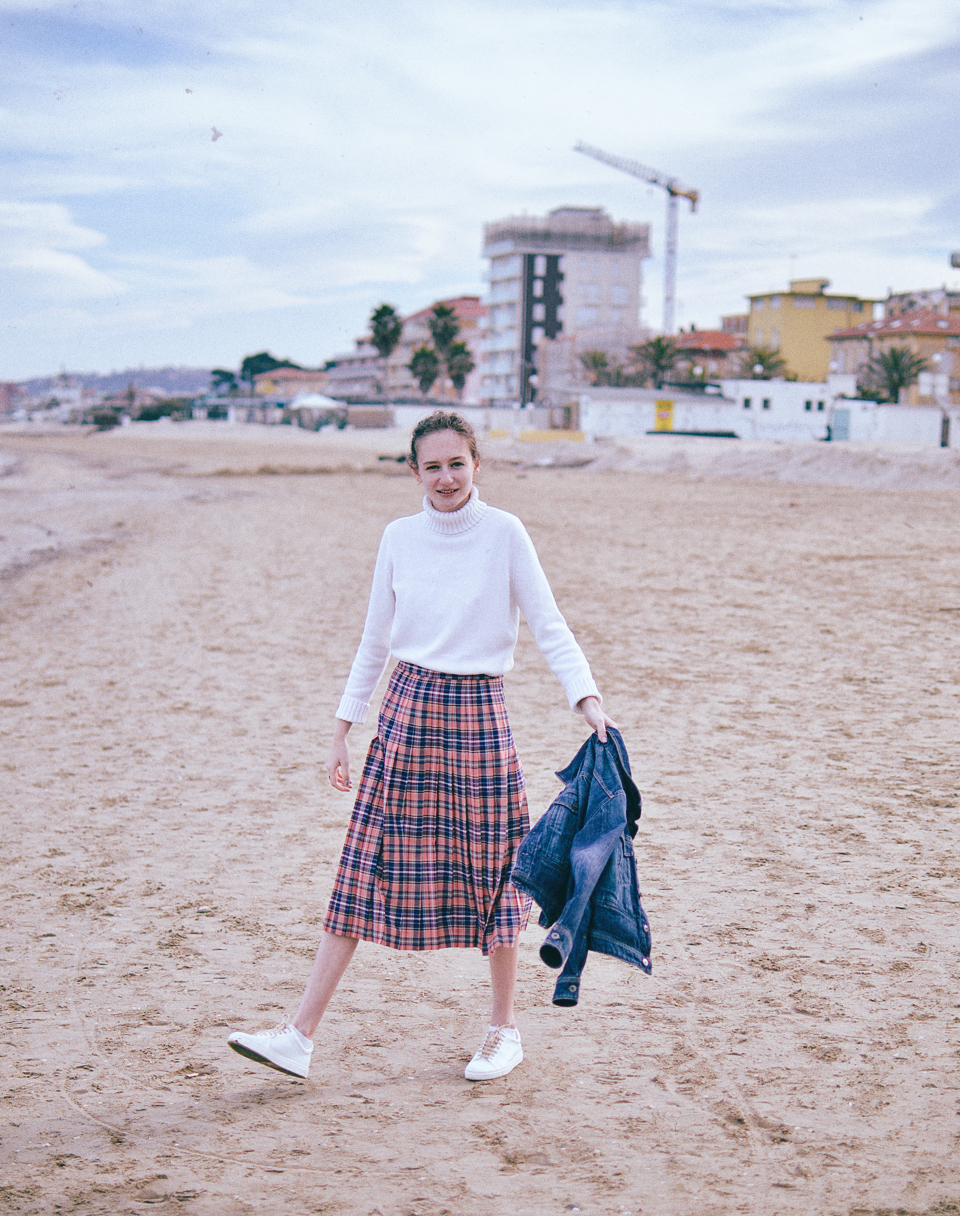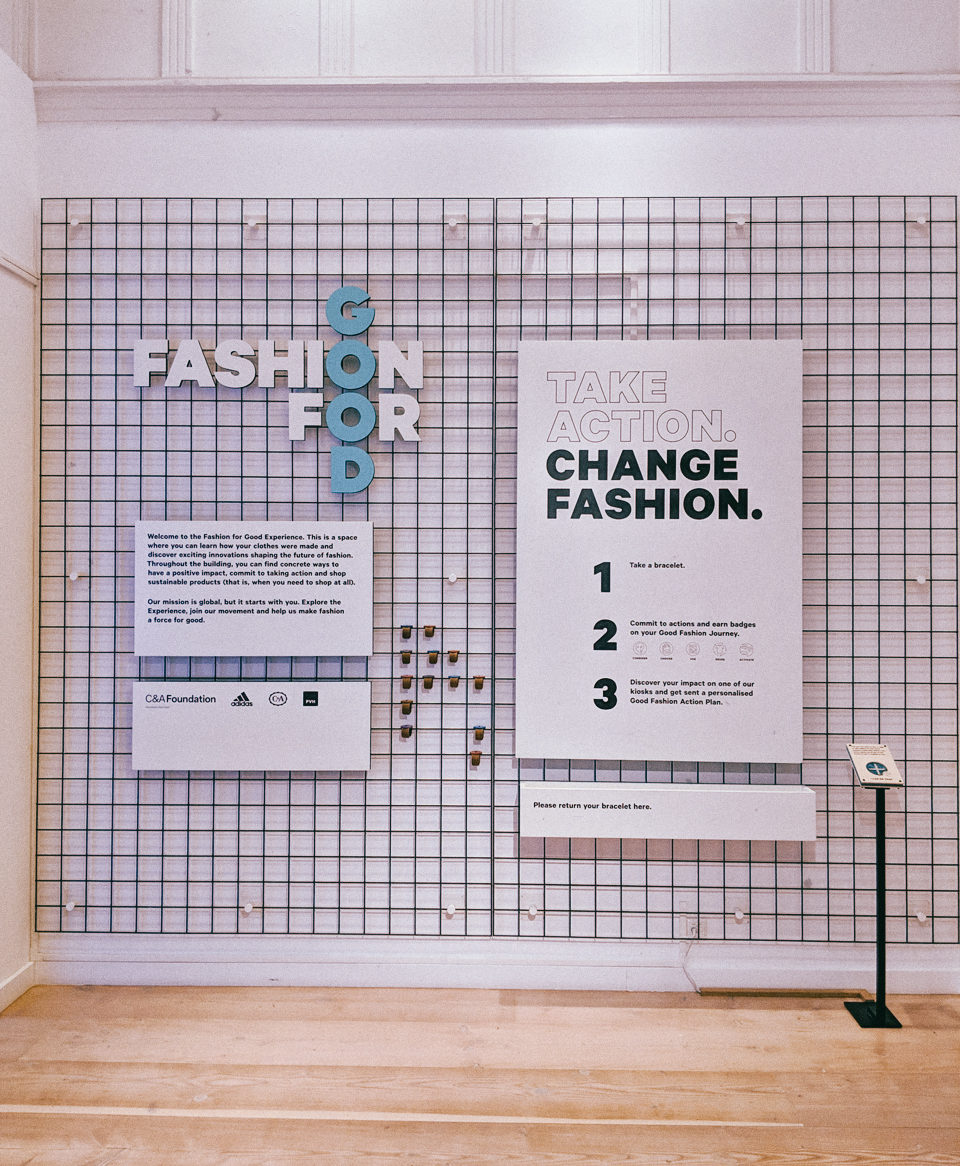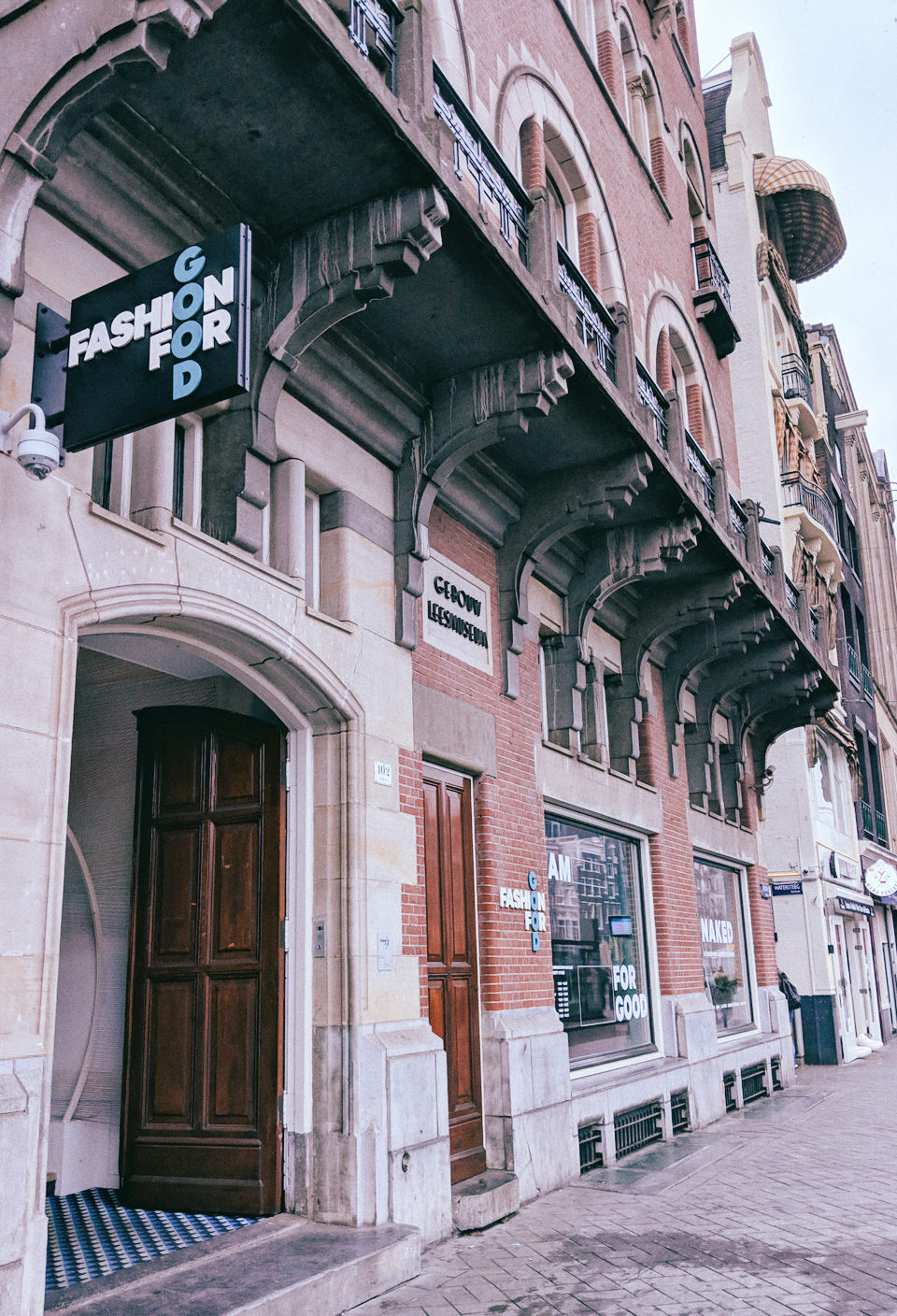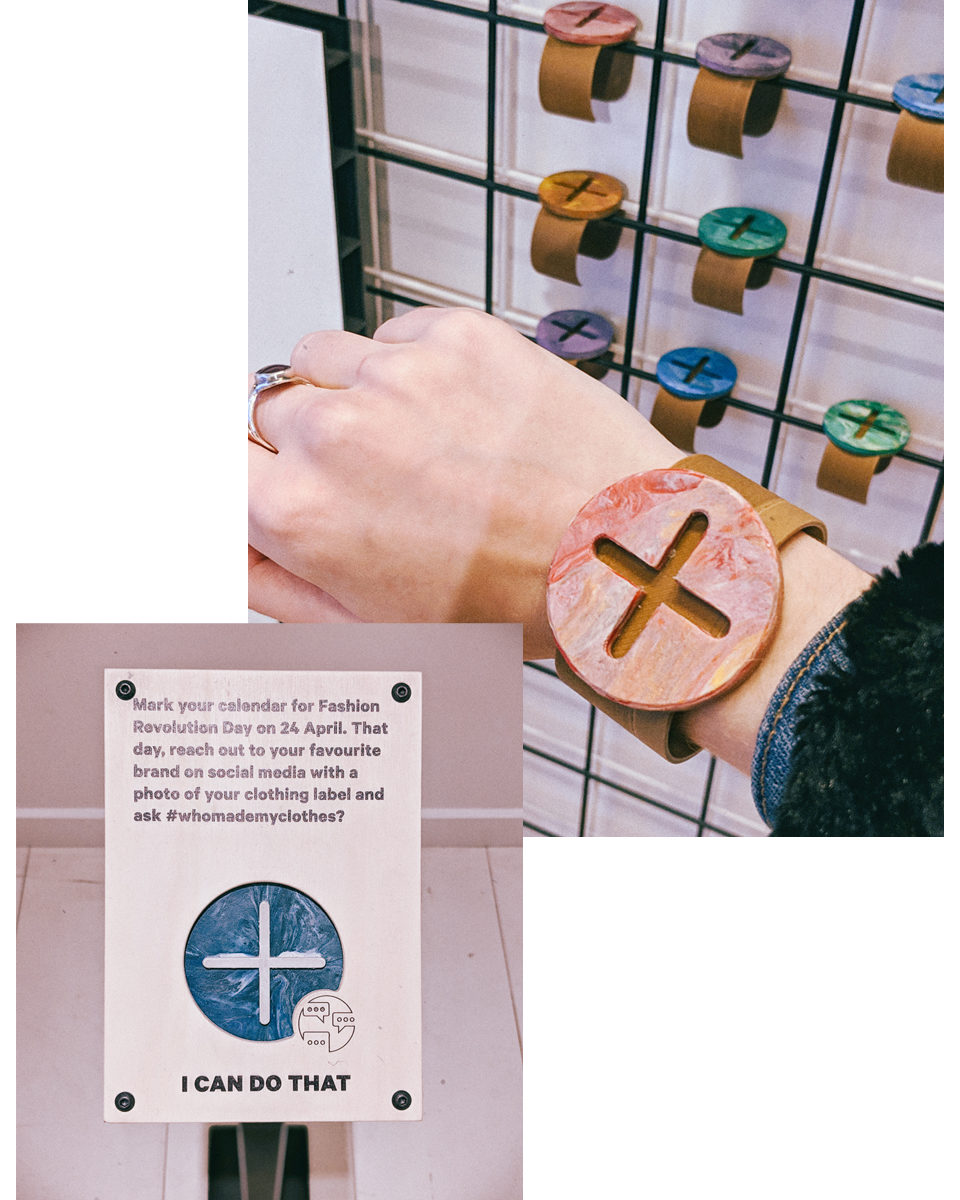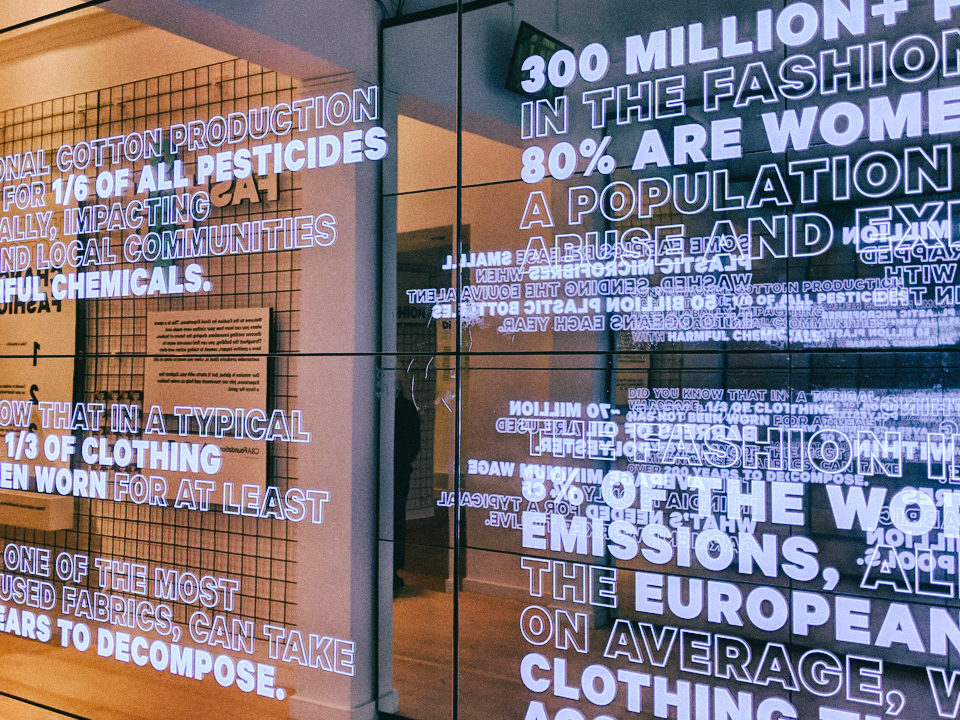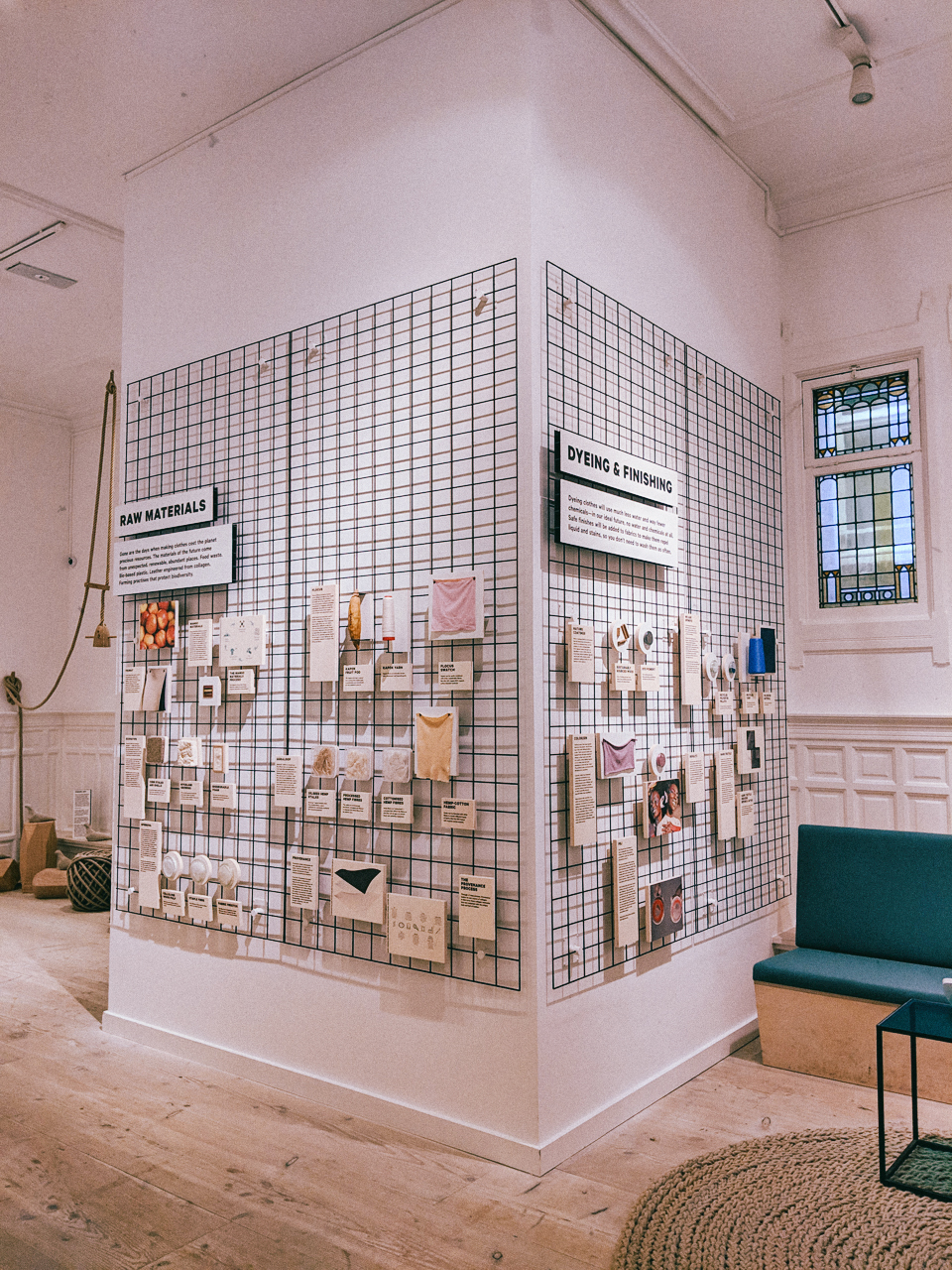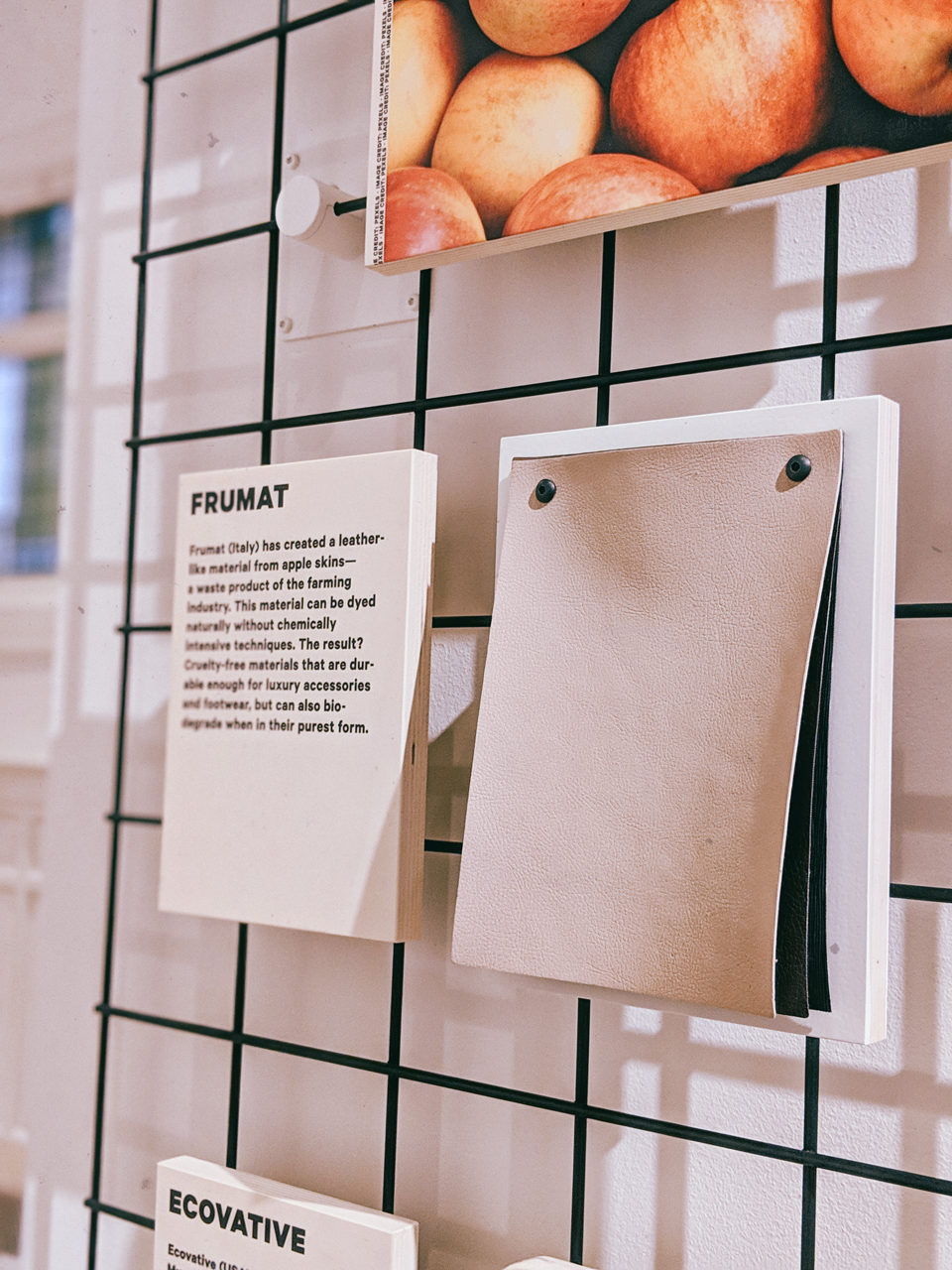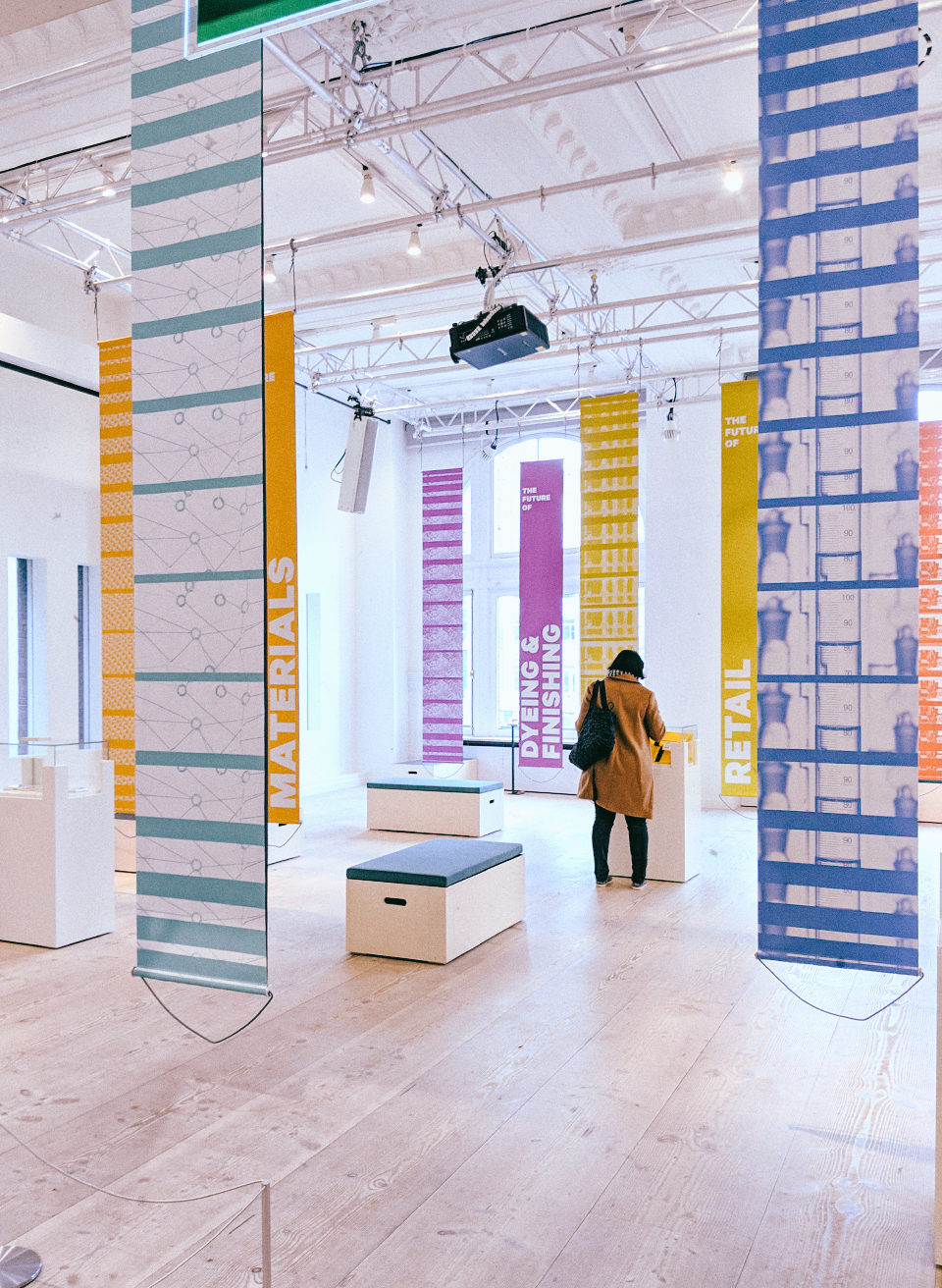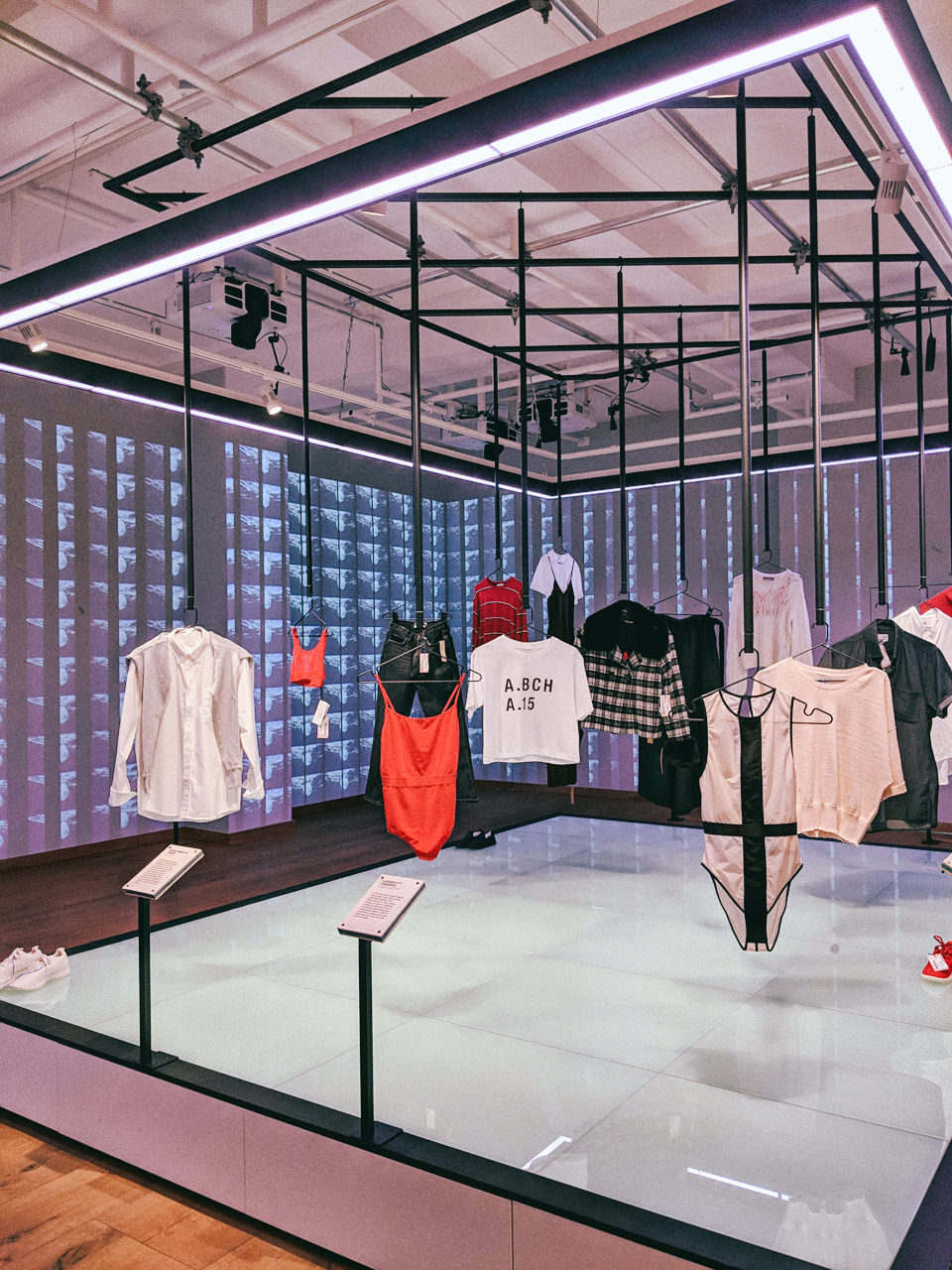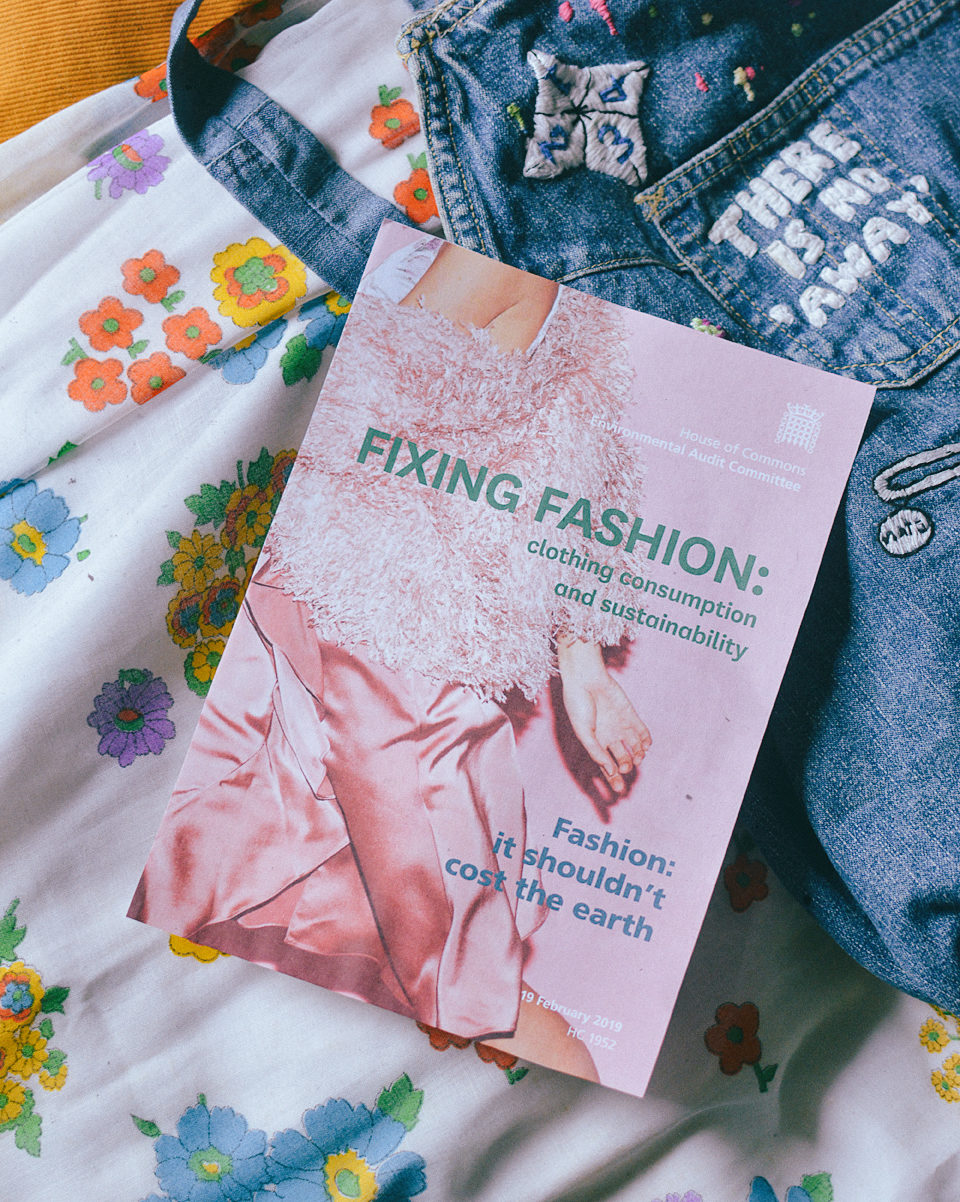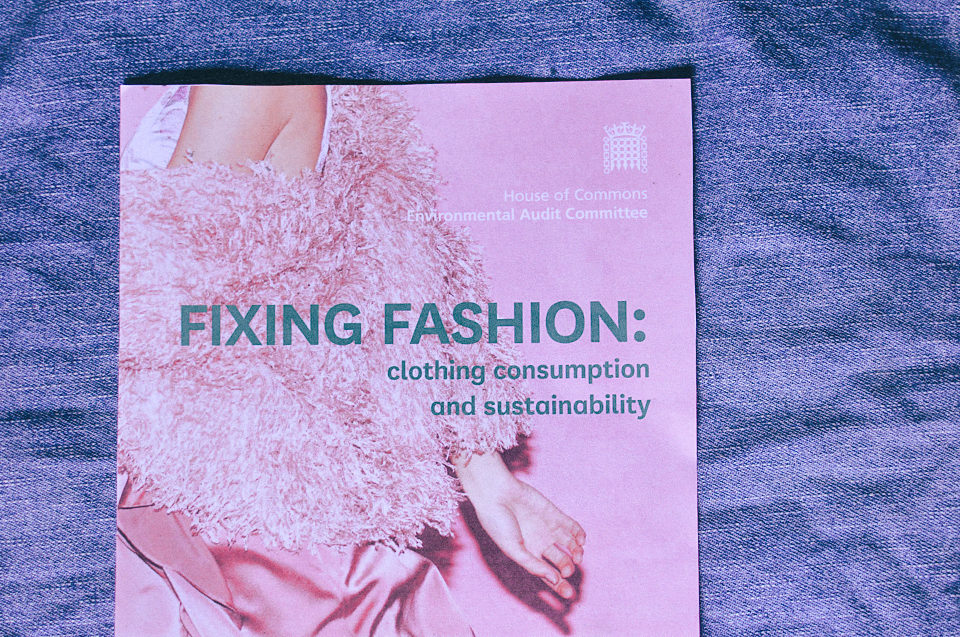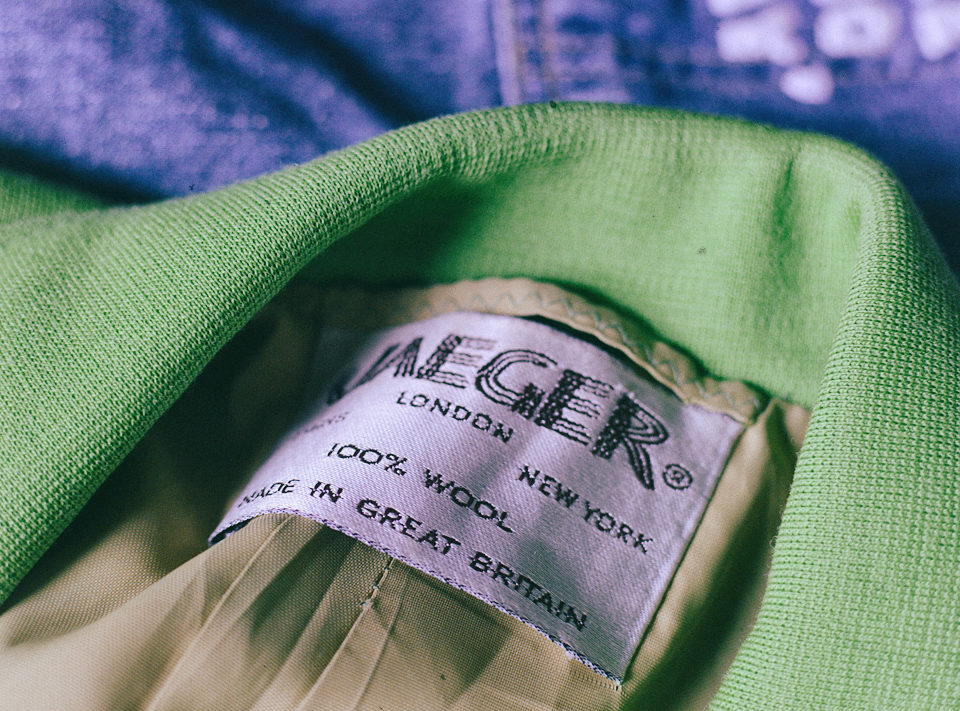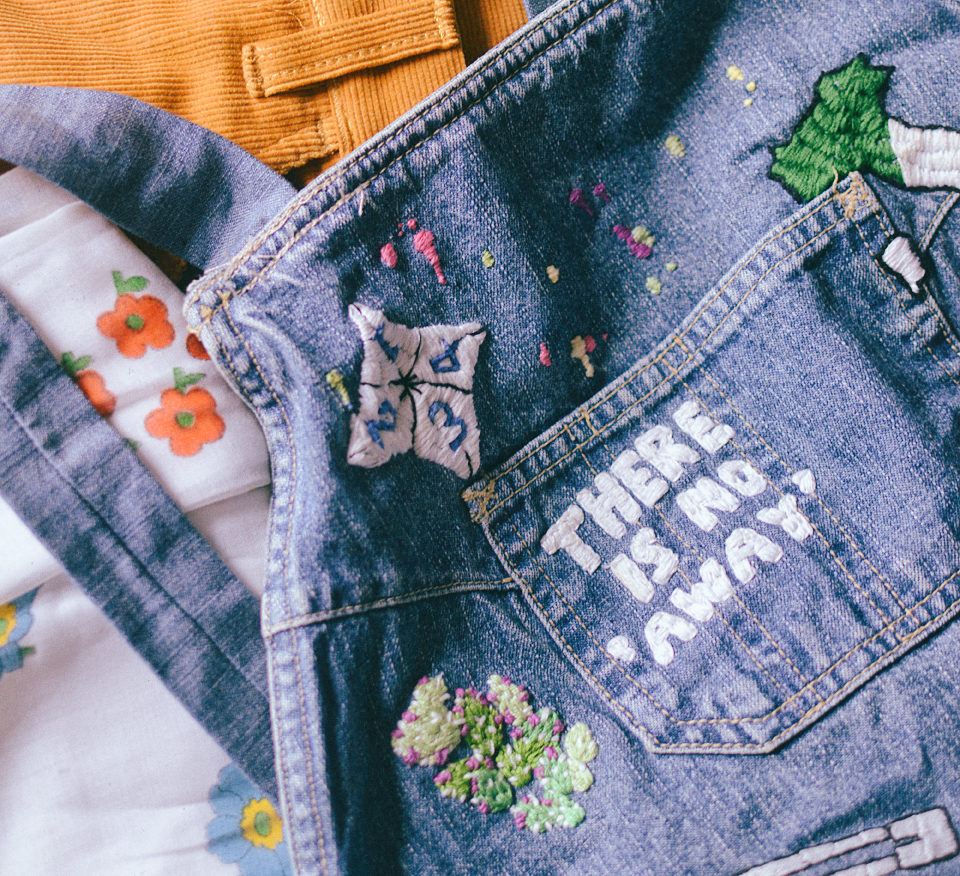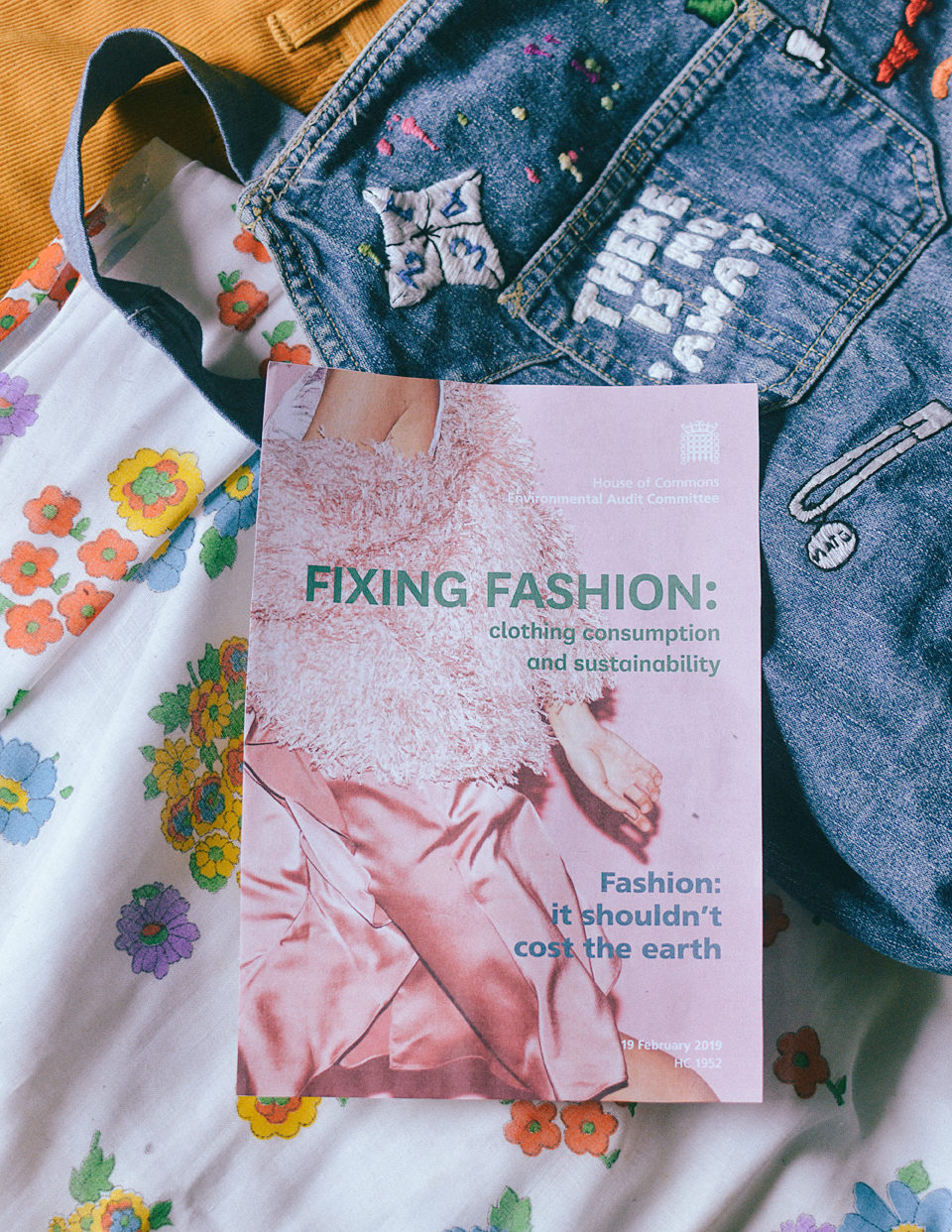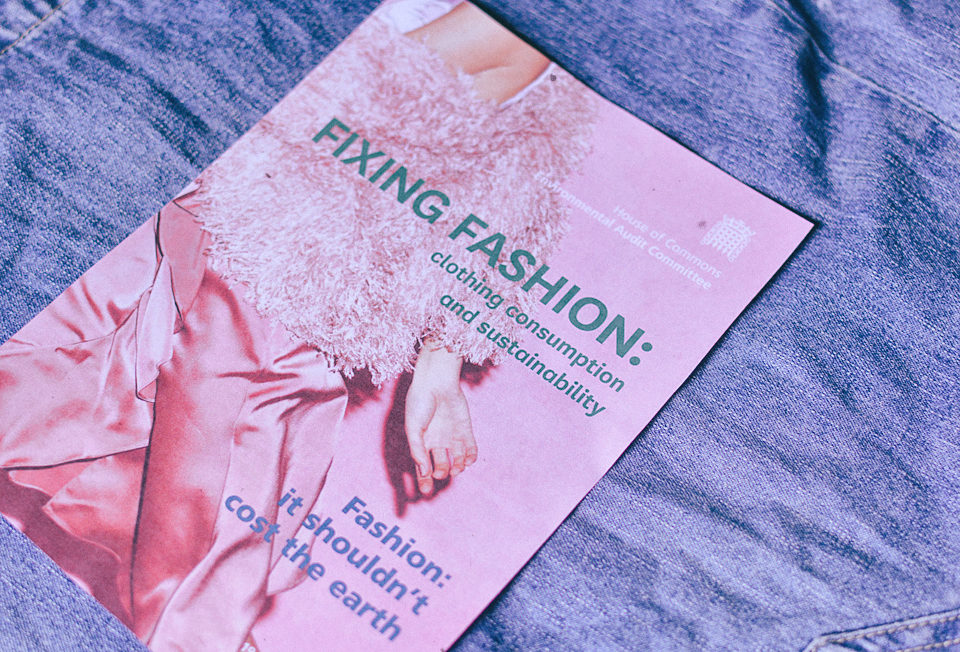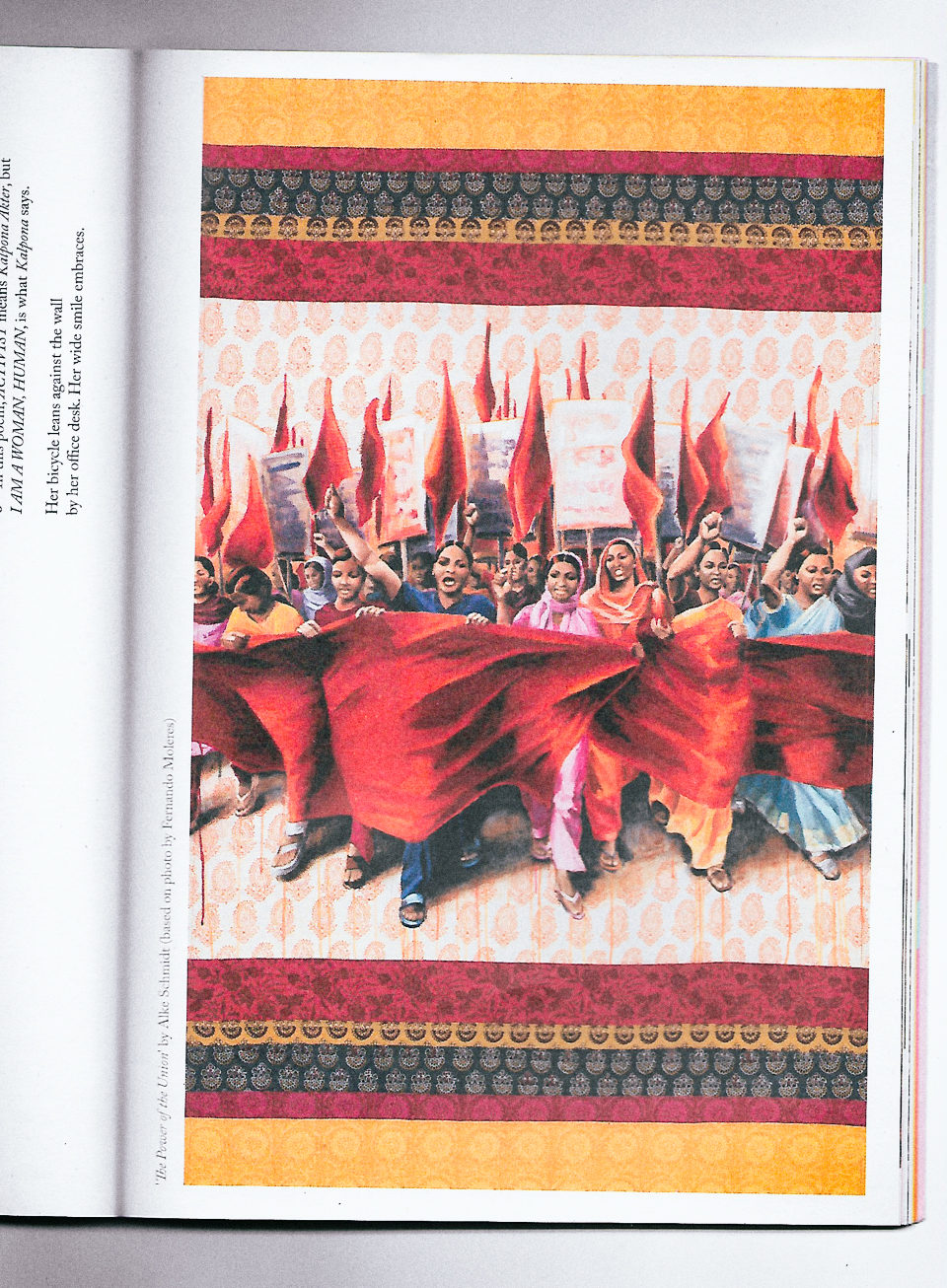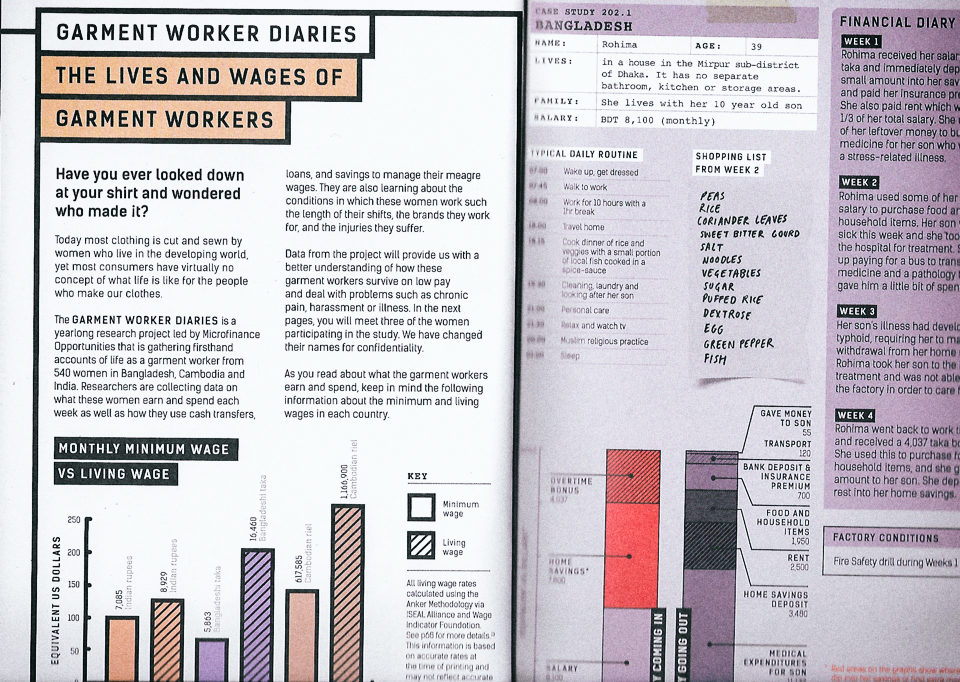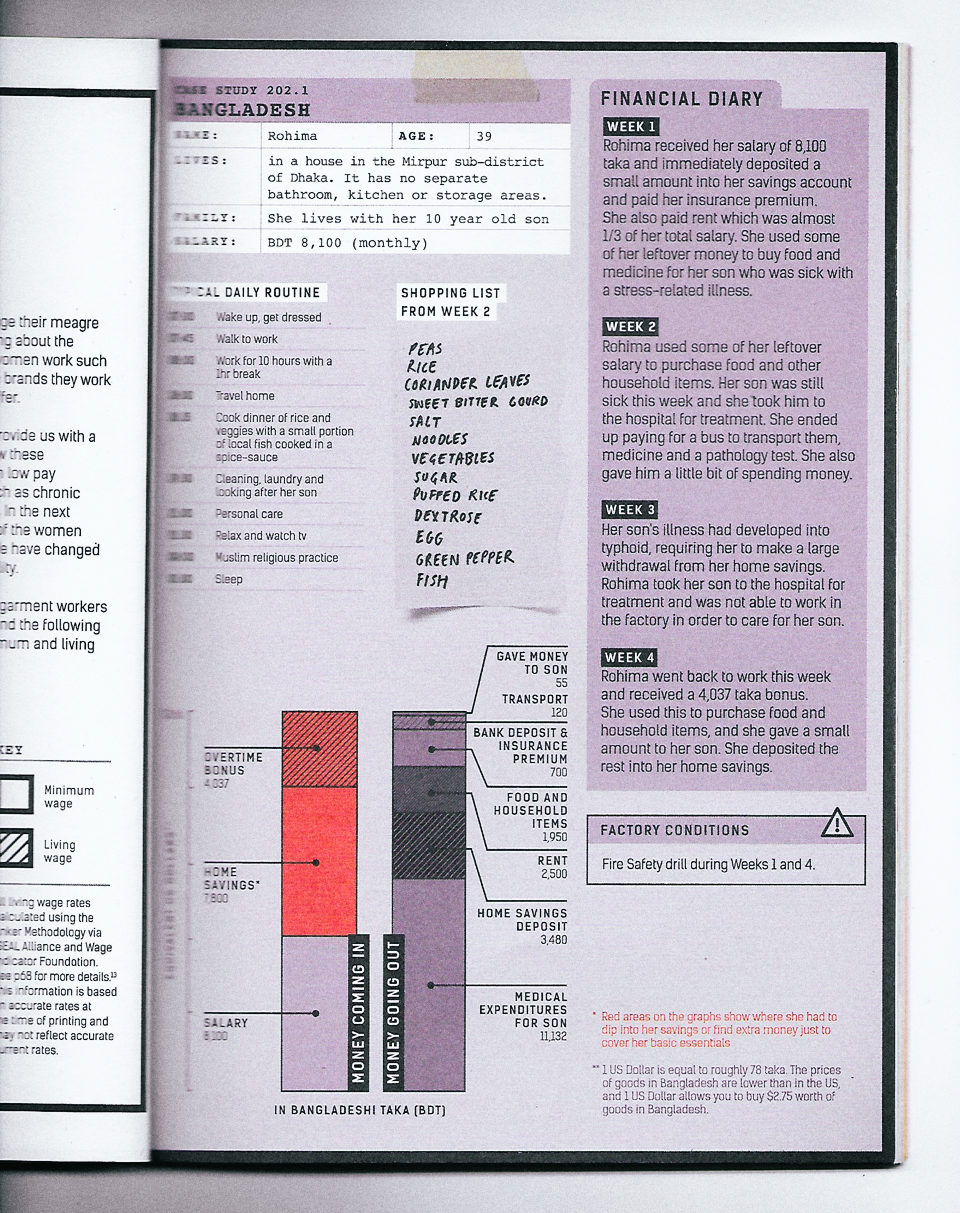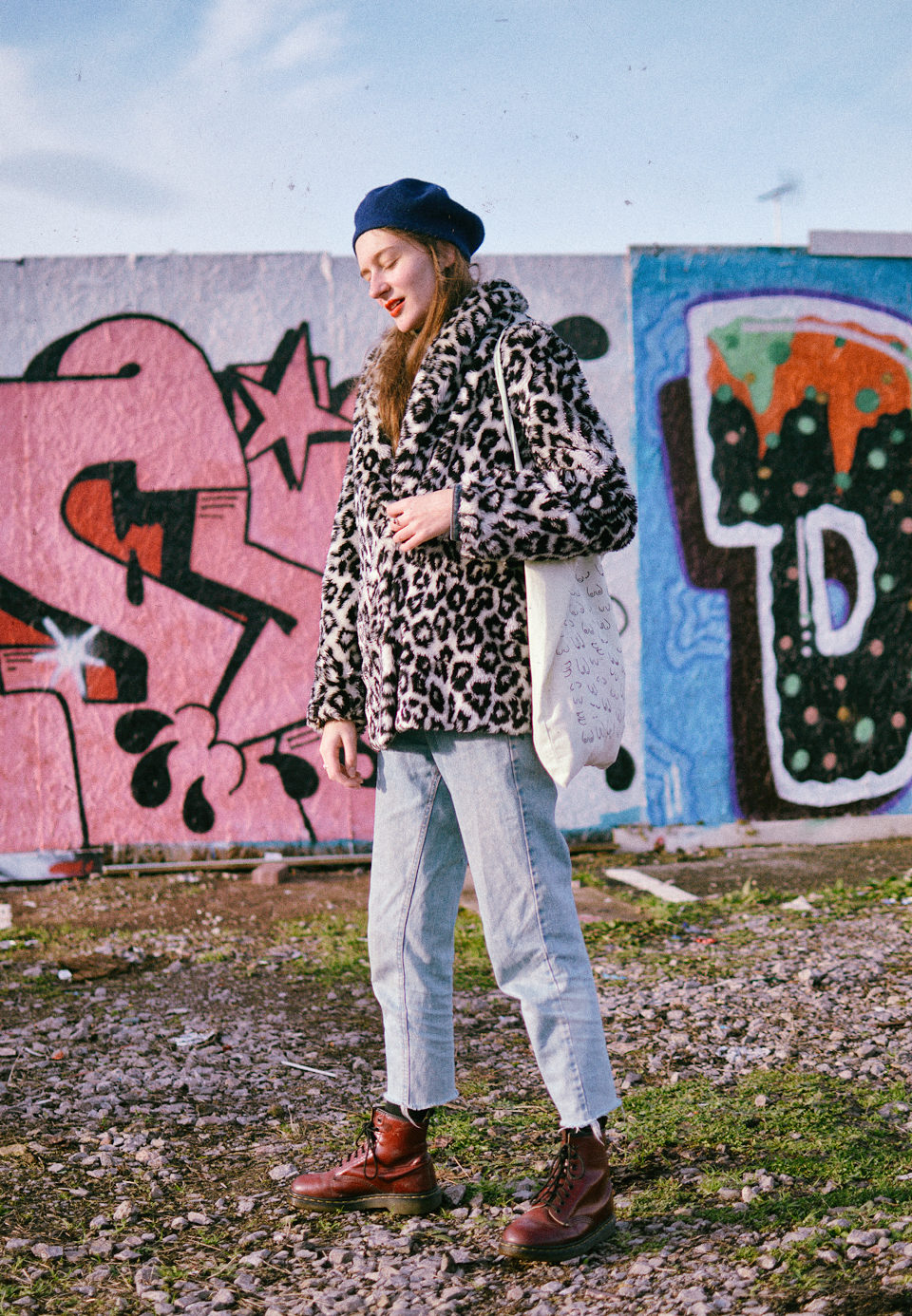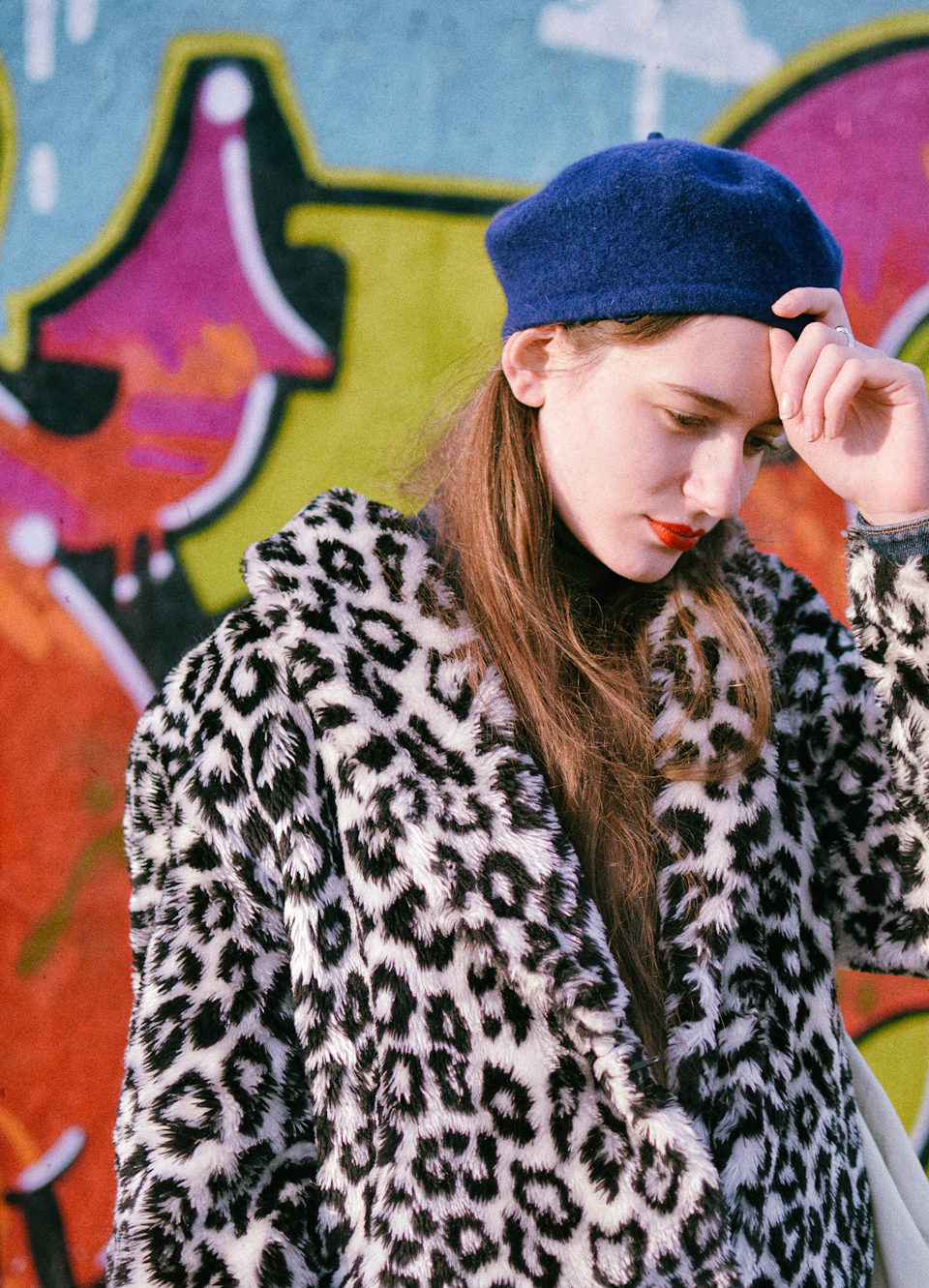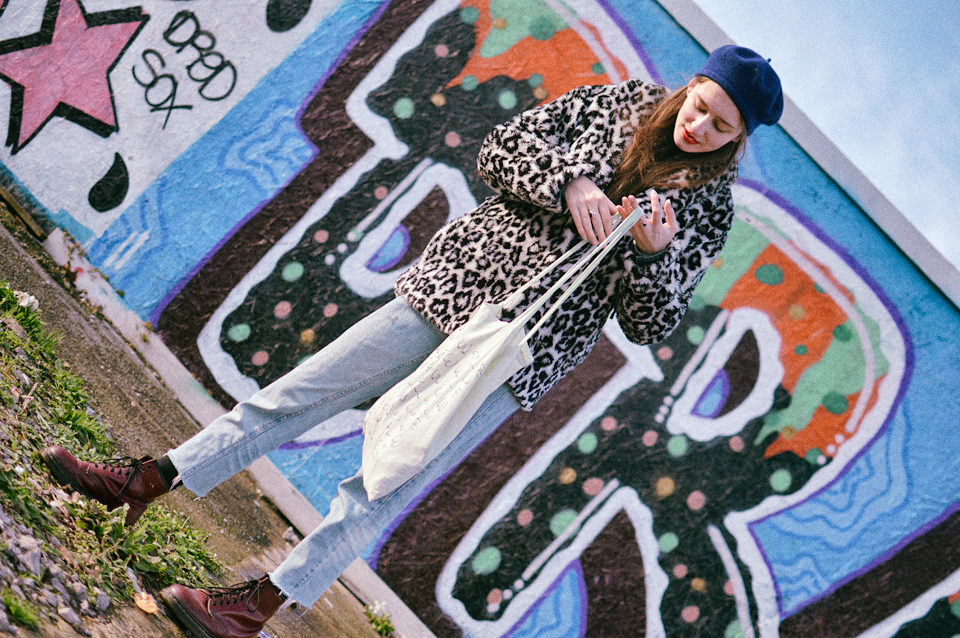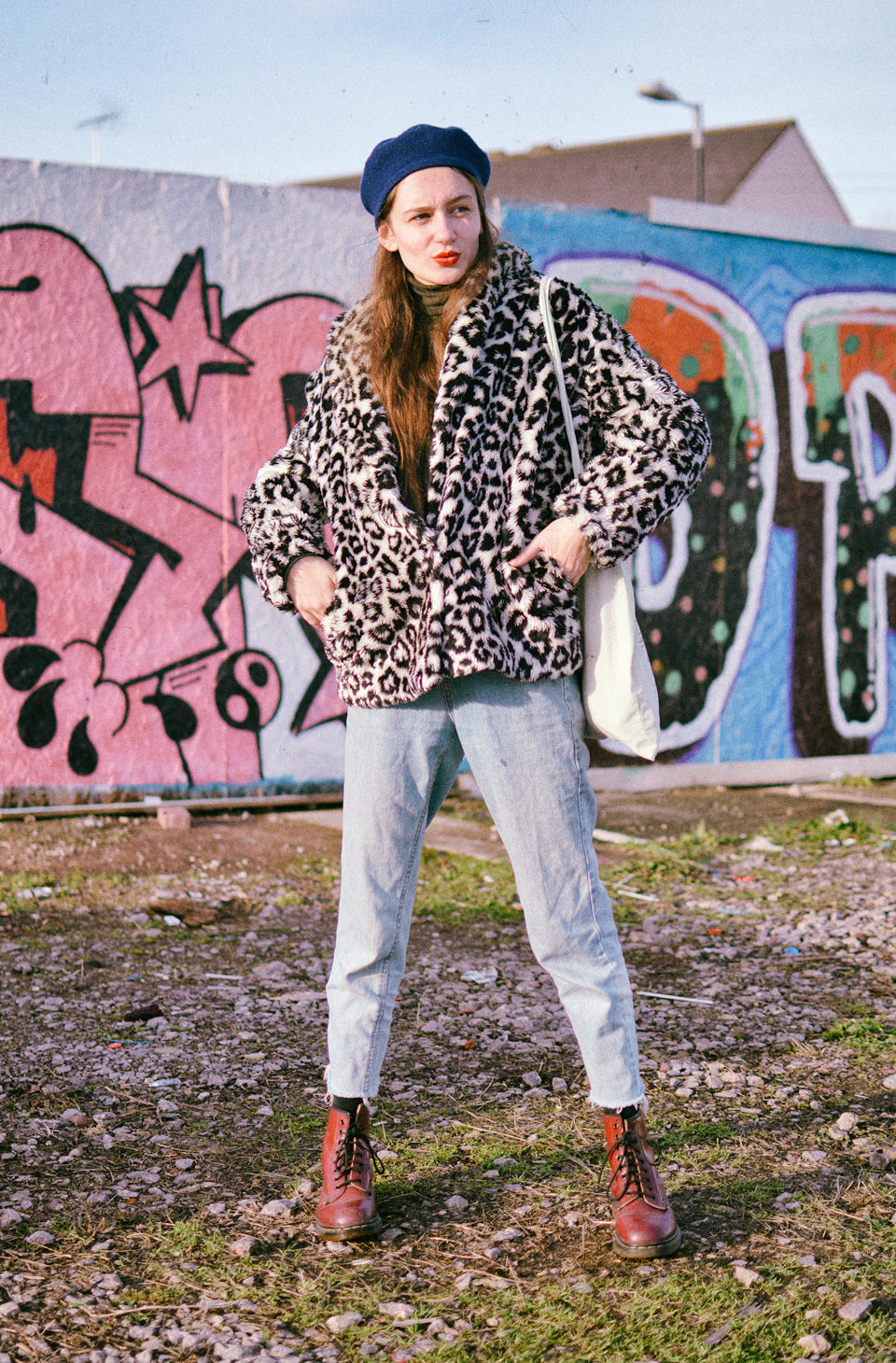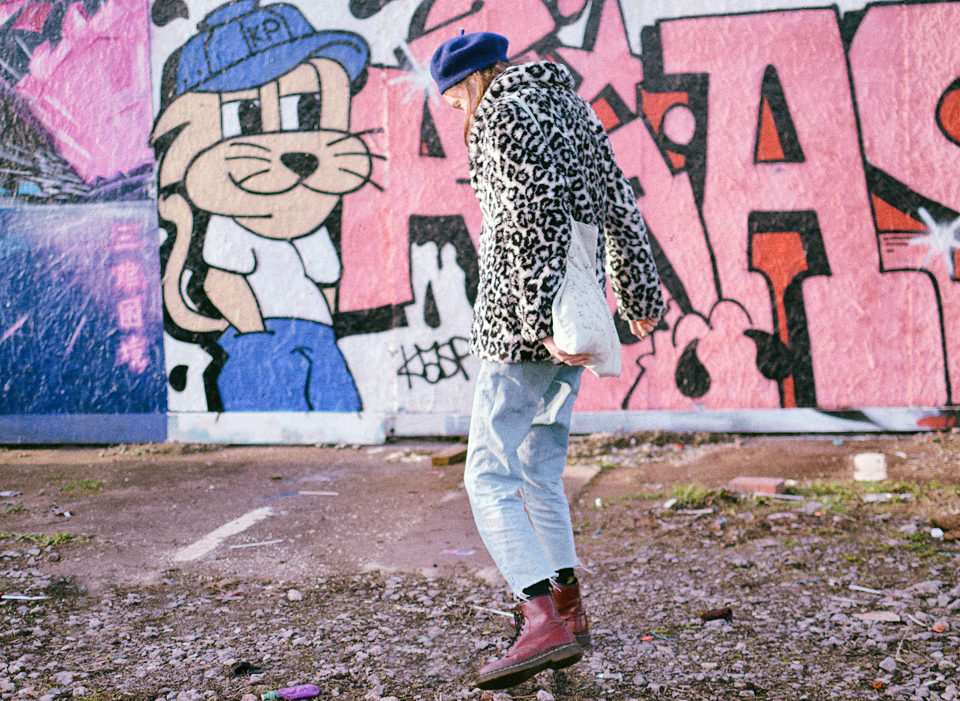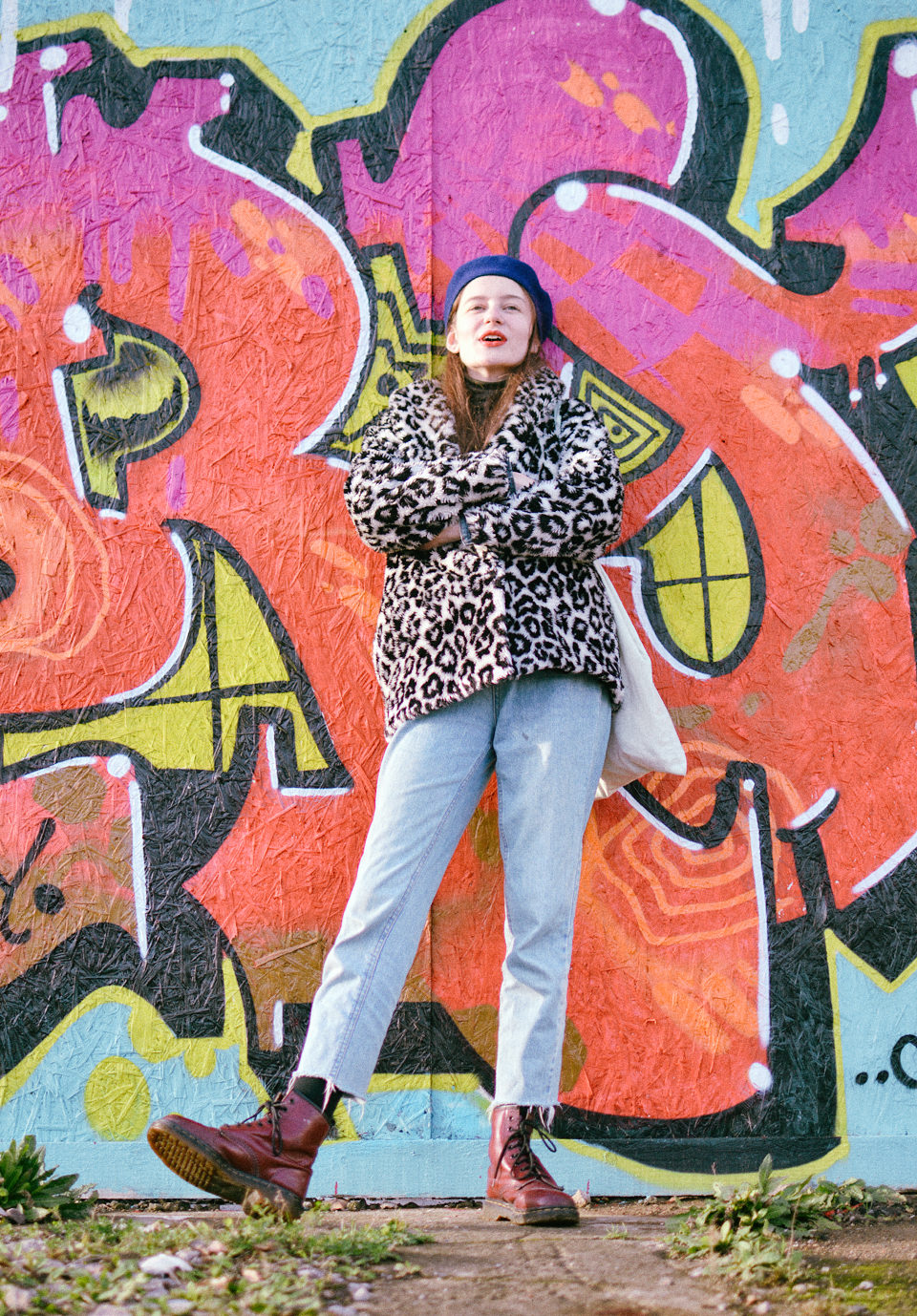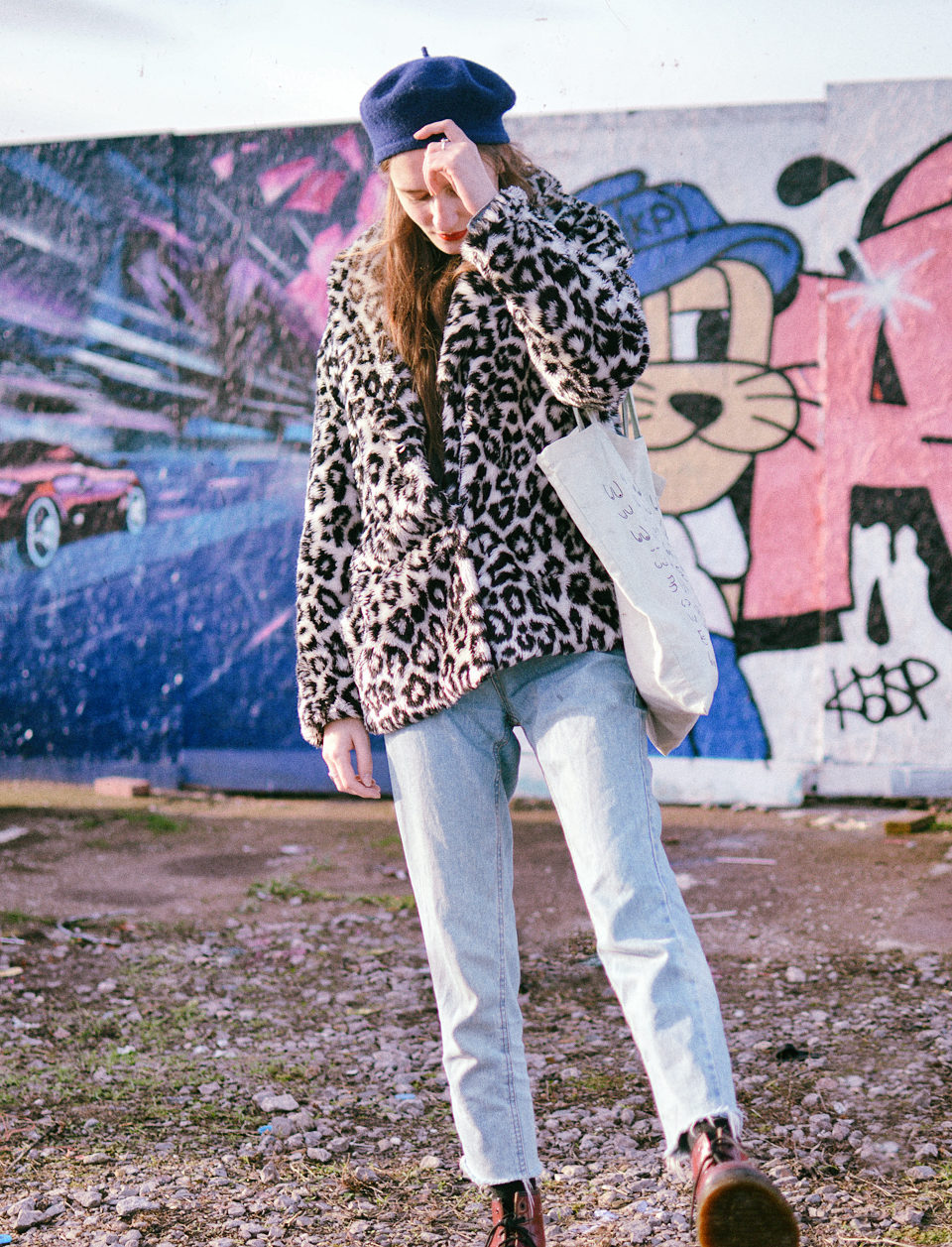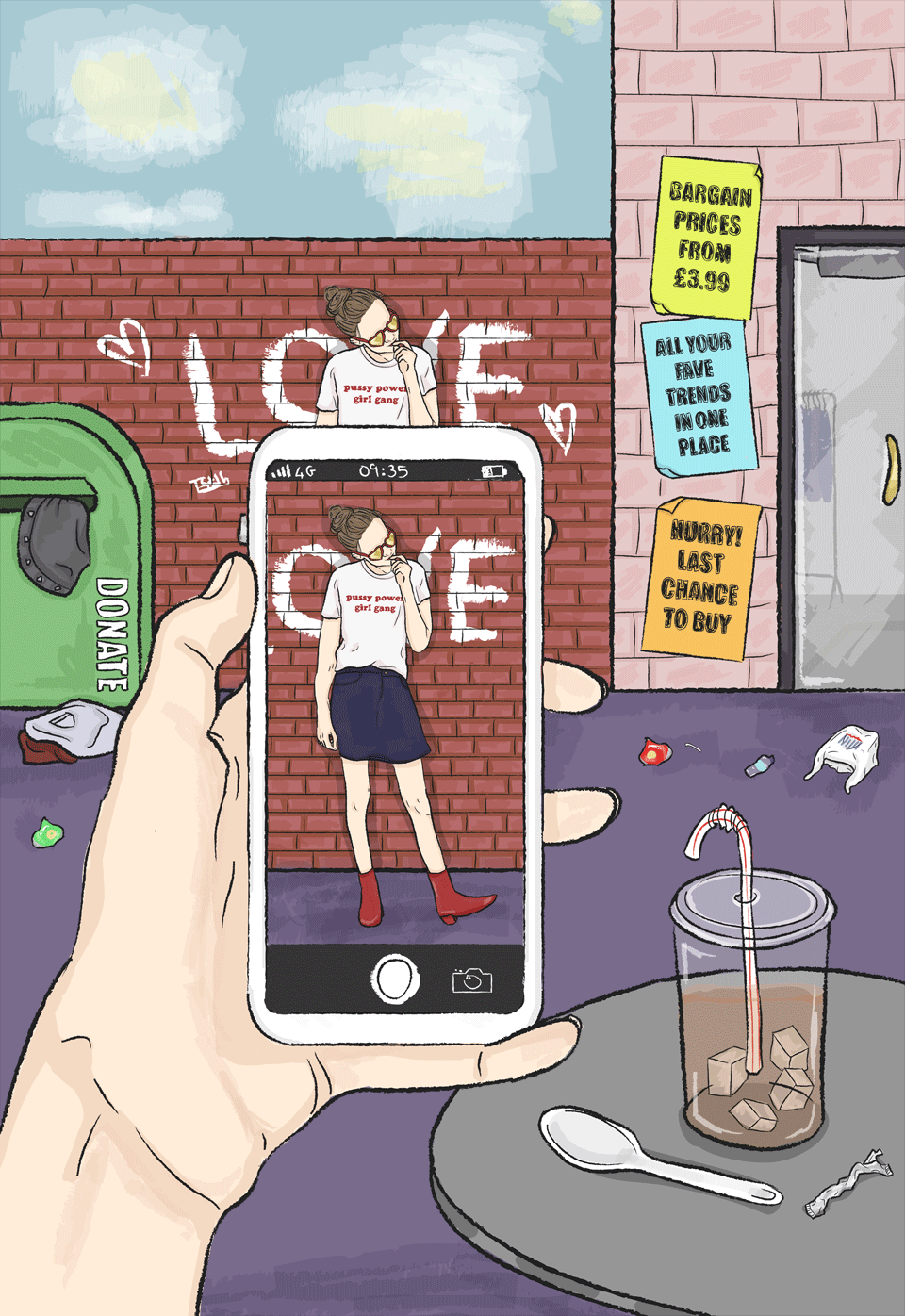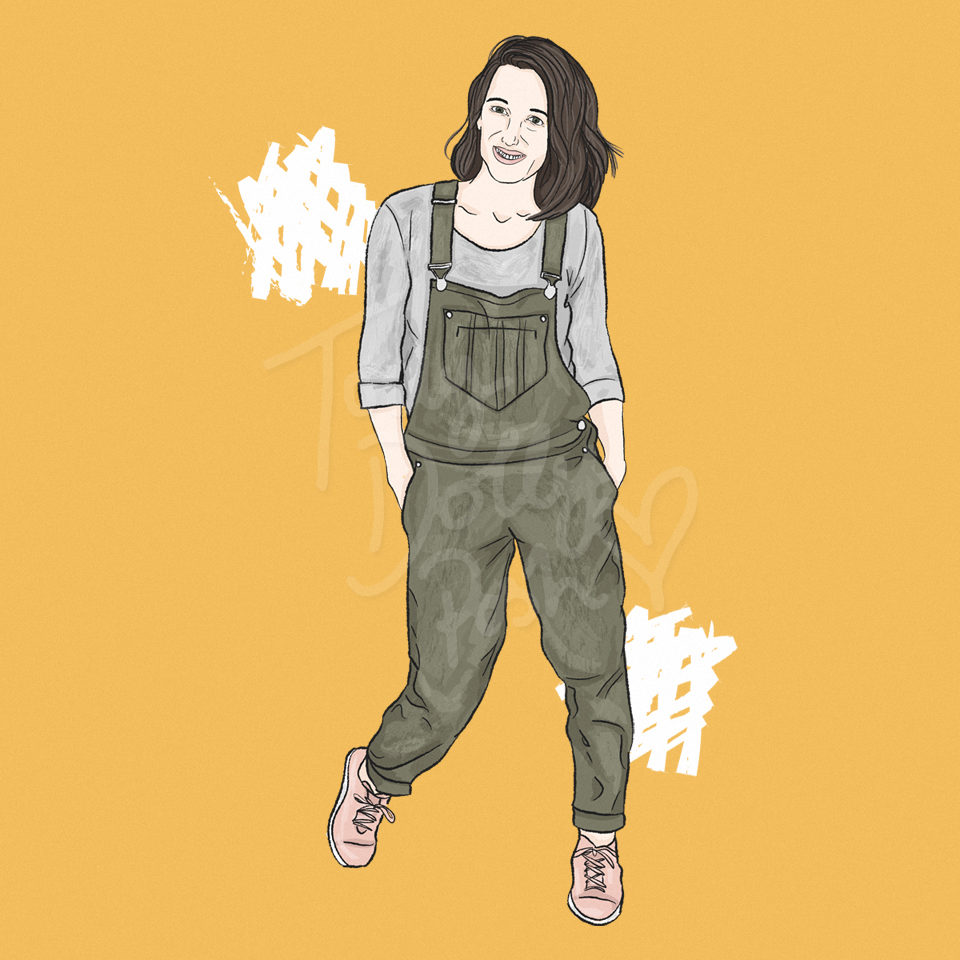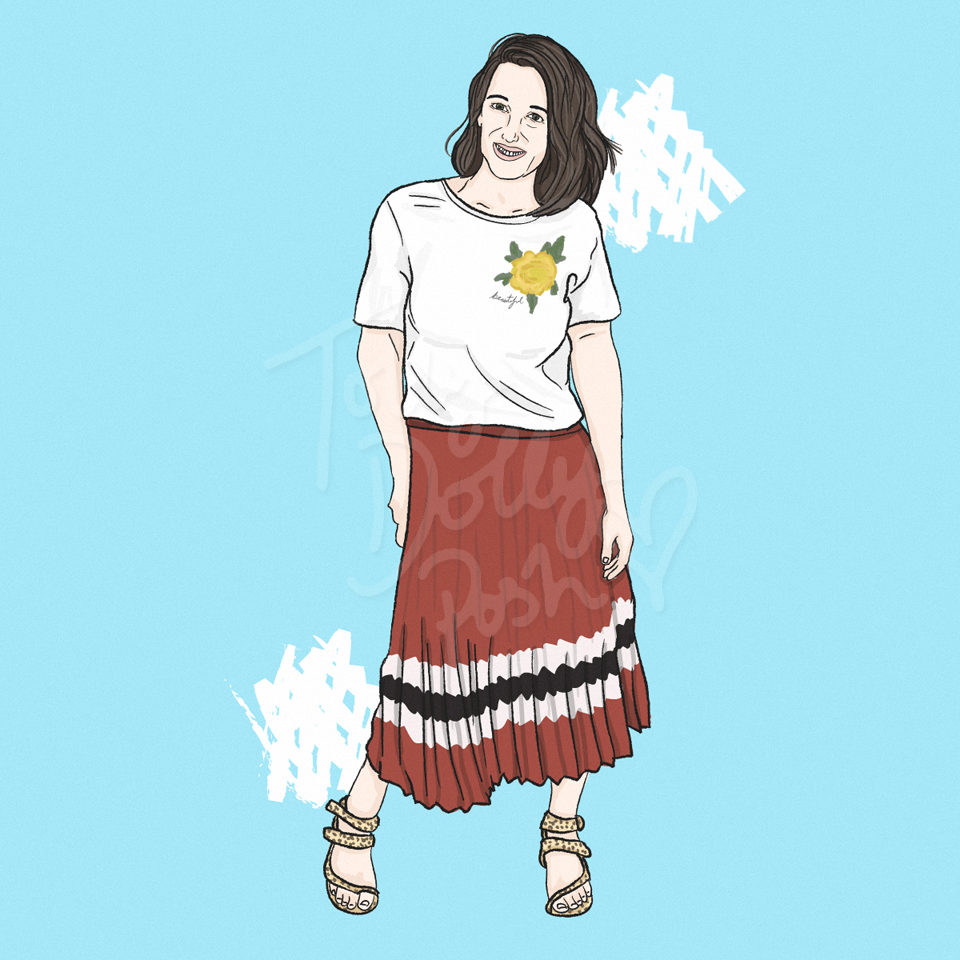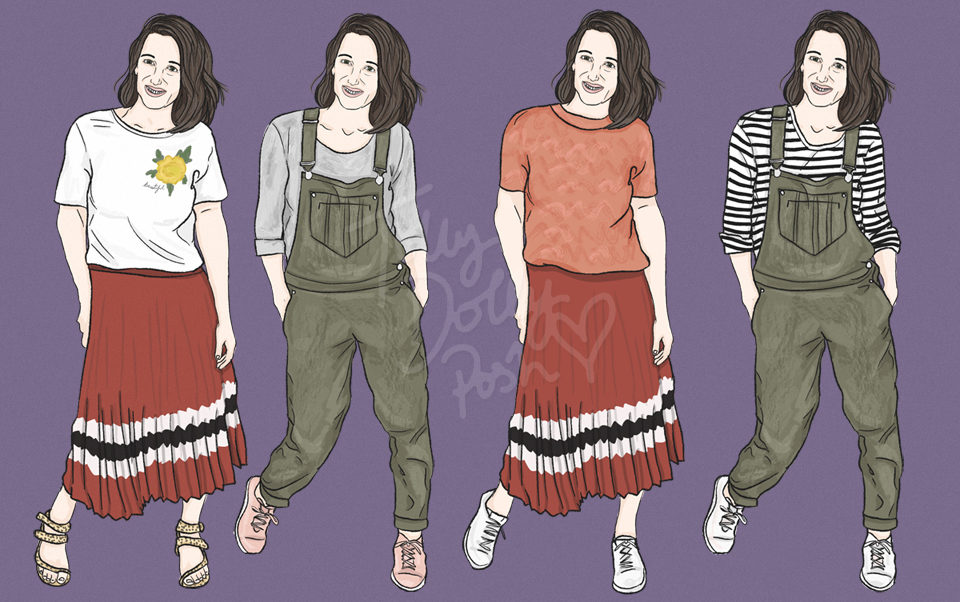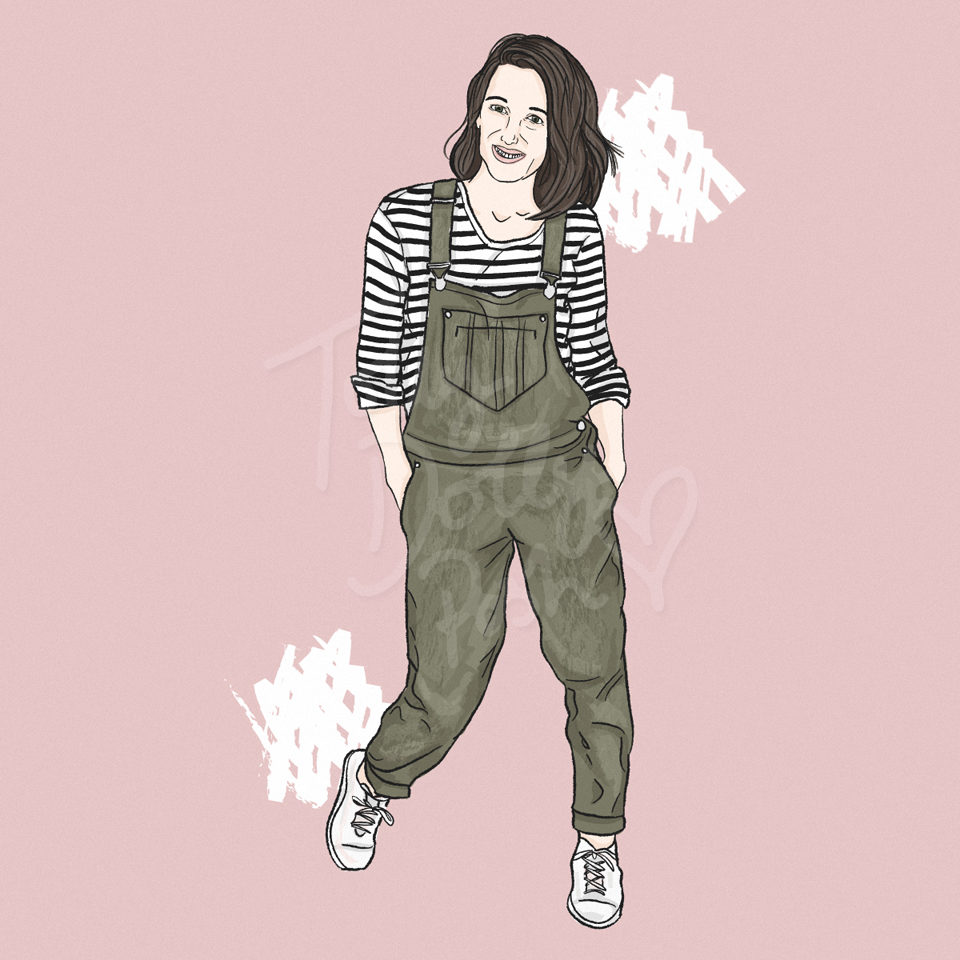All illustrations are based on photos that were sent to me along with written submissions.
For more information on hiring me as an illustrator, click here.
Back in 2017, I wrote love stories to some of my favourite items of clothing in order to recognise that loved clothes tend to last longer in our wardrobes, whether that’s because we look after them and end up repairing them as the years go by, or whether that’s because when we initially purchased them, we knew they’d be perfect for us.
However, mainstream media tends to ignore this and seems to make clothes ‘re-wearing’ headline and clickbait news. I’m not the only one who finds this frustrating in a time when consumption rates are at an all-time high despite the environmental crisis we are experiencing.
Inspired by the reaction to a tweet I published that stated that making re-wearing newsworthy doesn’t actually promote this conscious mindset (it actually makes something such as re-wearing, which is essentially common sense, into a far bigger deal than it should be), I decided to show that if this is the example the media wants to be set, then celebrities shouldn’t be the only ones in the spotlight – people of all ages, genders, shapes and sizes, should be praised for re-wearing too.
So, here are twenty stories of clothes (submitted to me via email) that are being re-worn more than once. I hope they make headlines.
~ 20 RE-WEARING LOVE STORIES ~
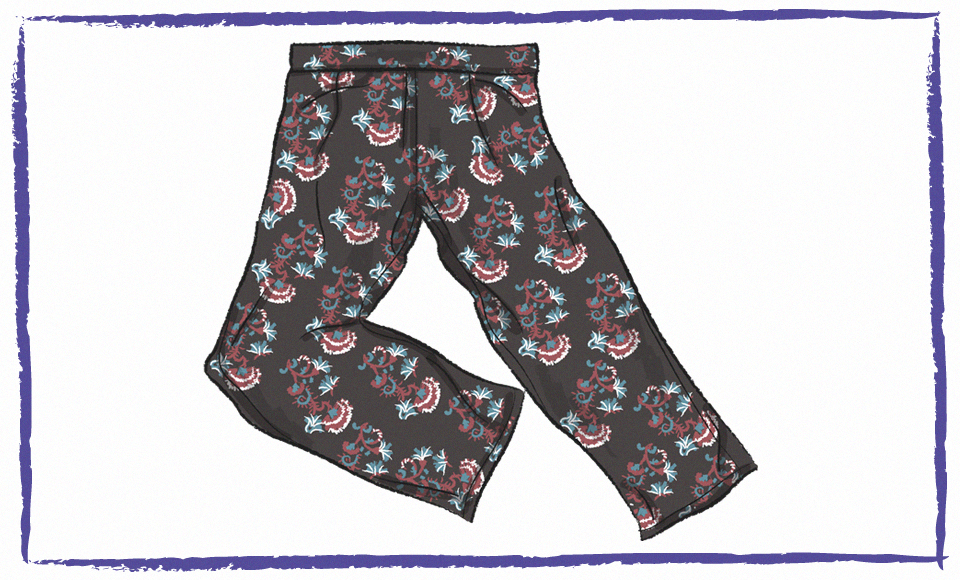
Theresia
25
I actually had to choose something from many, many, many pieces in my closet. But my trousers have been with me for around 10 years now. I’m quite impressed with this fact because I bought them in a fast fashion store which is not known for producing long-lasting items, but I love them very much. They are high-waisted and I like the floral pattern. They are quite thin so I wear them in summer mostly, but with leggings or tights layered under them, they work as well in colder months. I actually have the same pair in all black as well (bought 10 years ago, also) and wear them as much as the floral ones.
Tean
13
I have loads of second-hand items but one of my favourites is a purple, grey and green striped jacket. It was my mums and she got it when she was 16. It’s 29 years old and in incredible condition, there’s no holes or anything like that. I’ve worn it a lot recently, and I hope to do so in future as well.
Katie
30
I have a lovely Monsoon dress I bought to wear to my brother’s wedding back in 2014. It’s maxi-length and has a really bold print and dressy fabric, so, I don’t have a lot of occasions to wear it. However, every time I do a wardrobe clear-out I hang on to it, as it’s such a lovely dress, and now that I think back on it, after the initial wedding, I’m pretty sure I’ve worn it to at least 4 or 5 other events in the last five years, including my own 30th birthday party this year. It’s a relief to know I have something to wear already if I get invited to a fancier occasion, and it’s also fun to have something that’s not so precious I can’t wear it dressed down as well.
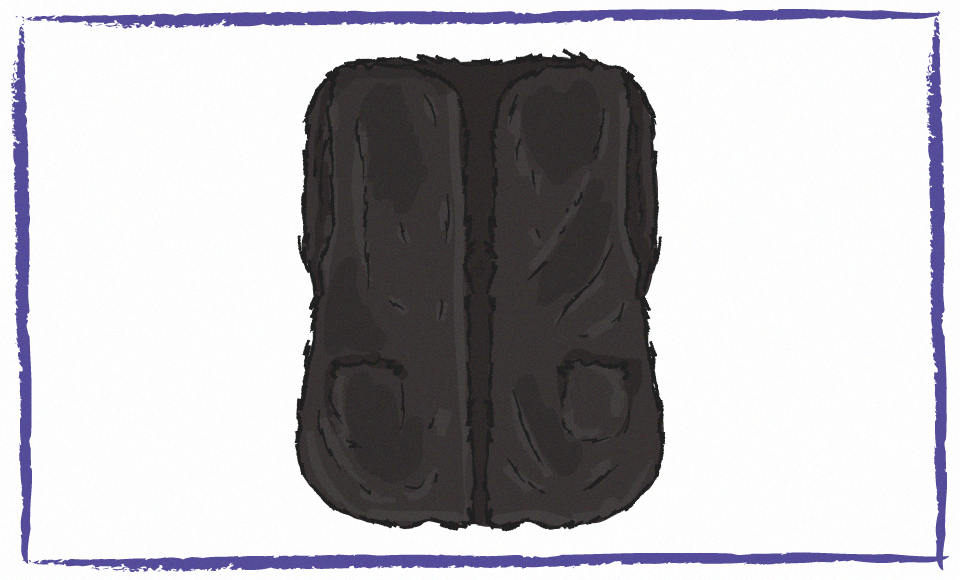
Ms. E
32
I have a fake fur vest that I’ve had for so long. I use it like coat in winter with sweaters underneath. It’s really warm.
I believe I bought it in 2013 in a second-hand store in Moscow, and I took it to two other countries when I moved. That is my only winter coat. So if it’s below 7 degrees Celsius this is what I am wearing from 2013. No exceptions.
Bea
16
My favourite love story is about my vintage two-piece ski suit (ORANGE – like really, really orange and puffy and with lots of handy pockets). It’s worth mentioning that I definitely come from a re-wear family, of which my mum has worn the same clothes all my life. When I started getting into clothes I’d borrow hers all the time; they would either be her mums or pre-my birth.
So… The ski suit! I was on my way home and had time to kill, so, I browsed some charity shops; in maybe the third one I was casually looking at the ‘fancy dress rail’ when I saw the most wonderfully orange, puffy, 2-piece. After trying it on it was love at first sight (wasn’t aware it was a ski suit yet).
Unfortunately, I was £2 short of the asking price (£15) so I had to heart-wrenchingly leave the shop and my darling 2-piece behind. This was the day before I was going away on a school trip so I wouldn’t be back for about 10 days in which I was sure someone else would snap it up. Anyway, like any true love story the couple re-unite above the odds and on returning home I got the train straight into town to see if it was still there and it was!
Although many were sceptical (mum included) of the practicality of this buy – “But are you really going to wear that out?” – I proceeded to wear it around the house every day except for the really hot days. It was the first time ever I was excited for the cold as then I could wear my ski suit with pride. I wore the coat consistently all winter every day to school, out of school and around the house. If I was feeling particularly low I would put the whole suit on and would feel like I was in a duvet all day!
The coat has seen snow once but not the trousers; maybe this year. I’ve worn the two together and been likened to a traffic cone or pumpkin. I’ve worn the trousers to parties, to supermarkets, to pick up my sister from school, to concerts to ice-skating and to marches.
They are now going into their second winter where I have so far worn the coat 8 times to college and the trousers once. I will continue wearing it until it’s too hot. To beat my mum’s record of wearing the same coat for 13 years and counting I still have a way to go but we’re going strong and I can’t wait to give this to another kid one day (maybe my own) and tell them all about its adventures!
Antonia
21
I love wearing my clothes a lot because it’s almost like they’re old friends I make memories with. I’ve had my low Dr Martens for a few years and they’re my absolute go-to’s for any situation. I still have the first crop top I bought in 2014 which was the first ‘fashion risk’ I ever took. But the piece I love most is a pair of pink trousers; I’ve worn them to weddings, birthdays, even my nan’s funeral. I’ve worn them to uni, to three job interviews, or just hanging out. They’re one of the most me pieces I own and I love them so, so much. They’re starting to wear out at the bum but I’ll keep them for as long as possible!
Stowe
24
I bought a fake leather hoodie from an Italian high street store in 2016, and I wore it almost every day. Probably like 75% of the time I left the house. Sadly after 3 years of regular use it’s decaying and dying; no longer wearable. But it’s proof that clothes last and can be worn many, many, many times, especially if you love it. Honestly, I’m really sad it’s now dead.
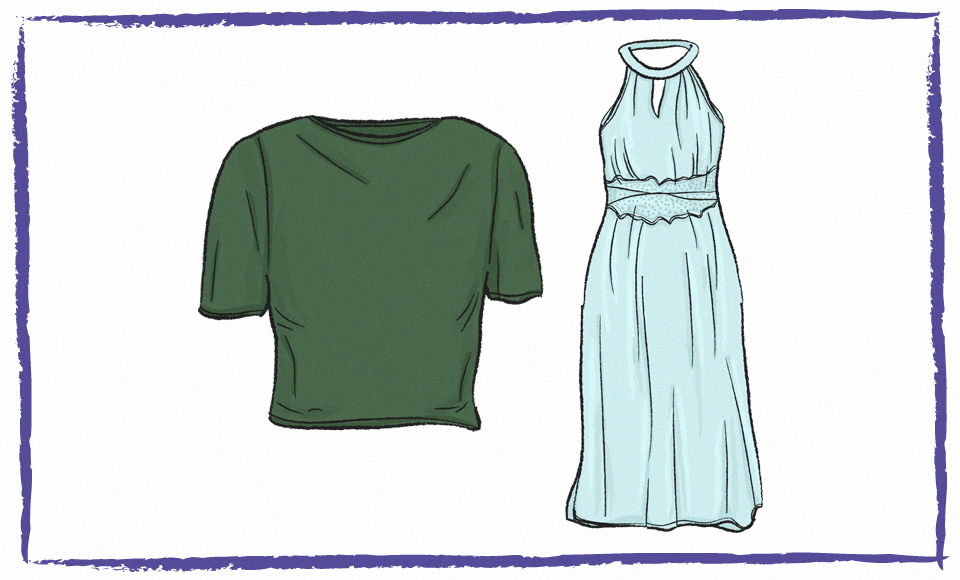
Isabella
19
I have a few items that I have had quite a while and love. First, is something that my mom had before I was even born, that is a denim jacket. I ‘took’ it a few years ago and wear it all the time, especially through late spring to early fall. It’s a basic light denim jacket and works with everything. The jacket is a soft worn denim which I love, and it has a few holes on the arm cuffs but it is still in great condition.
The next item is a shirt I got when I was about 13. I have worn this top so much, it’s my go-to top. The top itself is basic, it’s a dark green, form-fitting, and has quarter length sleeves. To be honest, it was from a fast-fashion brand and the quality of it shows that. It is thinning and piling, and a bit see-through in the chest area. I know that it will be too worn out to be used anymore soon.
Another item isn’t necessarily something I’ve had too long or have worn tons of times, mainly because of the item itself; a dress. I bought this dress with the initial intention of using it for prom, but I also wore it for my graduation and one photoshoot. It is not a dress I can wear every day, as it is a special occasion item.
I will continue to use this dress where I can, as I truly love it and I feel good in it. I wanted to mention it because similarly to the original scenario [of Kate Middleton ‘re-wearing’ a coat] many celebrities are called out when they re-wear a dress or outfit to an event. But if it works for multiple events why not re-wear it?
Anonymous
I have so many items of clothing that I have worn for years and years. What started out as a lifestyle born from lack of money, time and energy (college student with depression) morphed into a rather deliberate anti-capitalism statement and has now settled happily into an anti-capitalism, pro-environment stance.
An item of note is a black H&M tank dress that I borrowed from my younger sister in 2010 and never gave back (whoops). I’ve had to sew up seams multiple times and I usually wear it with a sweater or shirt overtop because the fabric of the body is starting to wear through. I NEVER would have guessed that I’d be wearing it (2-3 times a week) almost a decade later but I’m actually pretty proud.
I also have two cotton long-sleeved shirts from the GAP, probably 5 years old, that I wore almost exclusively this summer (and others as well). They’re actually in amazing condition. I know the Gap and H&M are vile as far as corporations go and I wouldn’t buy from them again but I’m happy that I hoarded all my old clothes and didn’t/couldn’t buy new stuff so that at least I am giving these (and will continue to give them) a full life! I have many more but those are my favourites for some reason.

Maria
28
The vast majority of my wardrobe is actually ‘hand-me-downs’ from my mum! My dad’s a fashion designer and we have a ridiculously large amount of vintage and (Japanese) designer clothes around. I wear my mum’s clothes all the time – whether it’s woollen jumpers she’s made or stuff she bought for weddings. But without a doubt my favourite stuff, and the things I want to continue wearing forever, is the stuff she’s made (or that my grandma made). My grandma made a grey sweater, and it’s just so simple, but I love the fact that it’s boxy and I love the wide neckline.
At age 20, my mum made this tiny woollen crop top that fans out at the back. And it’s so great! You’d never find that in a shop. But I think my favourite is this amazing woollen sweater my mum made for my dad – it’s oversize, and it uses Escher’s Bird Fish pattern. I just love the fact that I get to wear something that was made with such love and skill! And it’s super comfy.
I think the most important thing about reusing clothes is actually – A) Never throwing away anything and B) Buying stuff that will hold up and will look good years later. There are so many things in our house which we just didn’t throw/give away, and waited for it to come back in fashion, and now we get to wear it again!
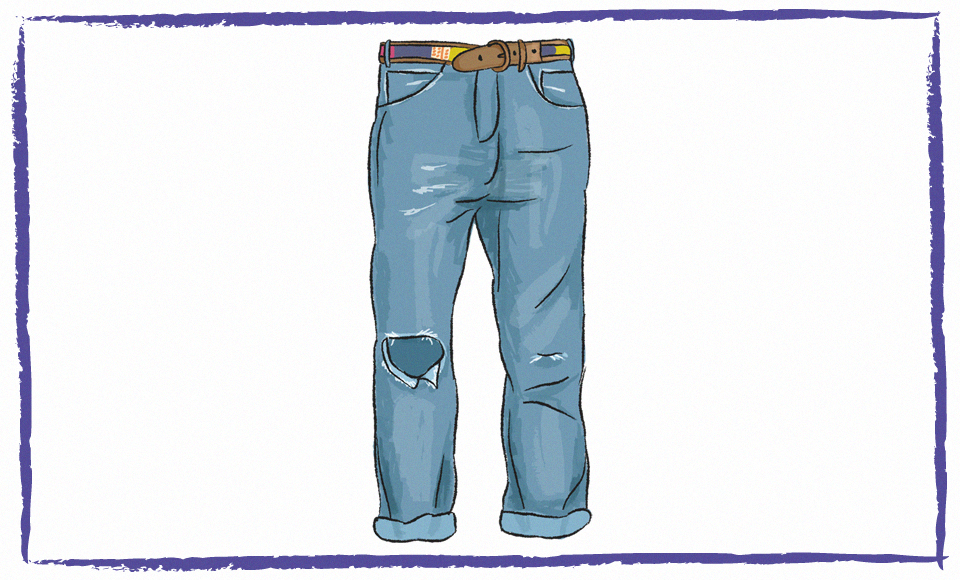
Lucas
42
About 7 years ago I first started being more conscious about my consumer choices. One of the first items I researched and bought was a pair of jeans from the brand Denham, they have a repair-for-life service and were using quality cotton (I did not yet consider all other social/environmental aspects of sustainability).
They are disintegrating now but I still wear them with love, they are also beyond repair as the denim is now so thin it wouldn’t hold the stitching together.
I bought a leather belt in a Mexican street market while on holiday in 2010, and I’ve worn it at least once a week ever since, the quality is so good it still looks presentable with a pair of chinos and a dress shirt. I expect to be cremated while still wearing this belt.
I dropped out of the corporate world in 2015, packed a few t-shirts and a pair of hiking shoes and took off for about 8 months, one of my favourite long-sleeve is made from merino wool and has been through the heat of hell and served as a great layer in colder climates, that thing is still intact except for a tiny little hole that’s not noticeable.
The shoes trekked with me through northern India and most of SE Asia, then served as running shoes when I took that up and now I just wear them to roll around town.
Adriana
18
My favourite item of clothing I’ve worn many times is a long black dress with little flowers all over it. This dress had belonged to my mother and before that, to my grandmother. Both of them used to wear it when they were pregnant. I don’t plan to get pregnant anytime soon, but I would love to wear this dress while I’m pregnant with a daughter that will get to wear this dress when she grows up.
I love to wear this dress, especially to parties, since it is very comfortable yet very pretty. I’ve been wearing it for the past three years and I wish I will for a much longer time.
Phillipa
22
One of my most loved pieces is a pair of corduroy orange shirt-dungarees that my boyfriend thrifted for me in Brighton. They are special to me as after I could not afford the price tag of them in a vintage shop, I sadly left them behind. However, my boyfriend returned to the shop behind my back to buy them for me – which was the cutest surprise!
I’ve had them for two years now and they’ve been well-loved ever since and have come with me to Berlin and Slovenia and will soon be departing with me on a trip to the Netherlands! Because they have a story behind them I love them even more and cherish being able to make them, even more, my own with every wear.

Emily
24
I have many items of clothing that I’ve had in my closet for years, but there are a couple that are particularly special to me I will share. The first is a Wrangler jean jacket that was owned by my Grandma Sheila on my dad’s side. She died when I was quite young, so it’s nice to have a piece of her. I believe that items, especially those we have worn, can carry the energy of the person left behind and of those who made it. I feel safe when I wear it.
I don’t know the exact age of the jacket, it could be anywhere from 30 – 60 years old depending on when she bought it. I like to think it’s the apparel embodiment of ageing gracefully, and wear it all the time – easily one of the most worn items in my closet. I’m excited at the idea of being able to mend and care for it over the years!
Another item I have around that I really love and have worn a ton is a varsity jacket that I keep adding to. The one my high school was selling was 300 USD, and I didn’t want to pay that much so I went to Forever 21 hoping to find a similar one during a varsity jacket trend that hit right at my senior year.
I got lucky because there was a version that happened to be my school colors, green and gold! I know this is about stopping fast fashion, but I have had it for about 7 years and have kept adding to it!
I have my marching band letters; concert band award pins; pieces from all my taekwondo belts and uniform; a sharpshooting patch my Grandma Sheila won, and a bunch of other random ones I have gathered over time!
I always get asked about what is on it, and it’s fun telling the stories. I want to keep adding patches and pins indefinitely until there’s no space left! I think this would get easily spotted as a re-wear because it’s very distinctive! I love wearing it because it jingles a bit when I walk.
Tee
I have had a love affair with vintage clothing as far back as I can remember. The punk era of the late seventies was when I was a teenager; I found the DIY ethos exhilarating! Role models such as Debbie Harry and Poly Styrene customised their look with thrifty, charity shop chic, it was punk couture, very individual. At this point, I wore original sixties winkle picker shoes, oversized men’s shirts and diamanté paste jewellery.
As my income increased, I was fortunate enough to be able to buy designer investment pieces and mix them with my retro finds. And so it was that in 1986 I purchased my beautiful, bottle green, wool gabardine trench coat, by Cacharel. It cost a month’s wages, even though at the time it was half price in the sale in a boutique on Bond Street – but I still wear it today!
It has never dated and is so well made as to have rarely needed repair and is my signature item. It isn’t especially distressed – but has a worn-in feel that means it’s aesthetic is not arriviste and it has accompanied me on all my life adventures, it holds so many memories and will no doubt join me on more! Fast fashion quite simply holds no allure in comparison.
Dora
35
I have a second-hand Mango dress I bought on eBay and loved it ever since. The two summers I couldn’t wear it were when I was heavily pregnant with my children but before and after, it is my must-have for the summer.

Nicole
21
When I was 14 years old, I got a pair of shoes (which I wished for) for Christmas. I absolutely loved them. They were made of leather and you would hardly see me outside not wearing them. They were my all-weather shoes. I wore them from the beginning of September to the beginning of June.
I only gave them a three months long summer-break because it was too hot to wear them (I live in Vienna, Austria). I had these shoes for six years straight and would still wear them if I could find someone who can fix the sole of the shoes because I can feel the ground so much that it nearly feels as if I was going barefoot.
My second piece of favourite item is a green jacket which I ‘borrowed’ from my dad around five years ago for one single night. He never got it back. I love this jacket so much because it is oversized on me, so, I can wear it in the early spring or winter with some other layers underneath it, as well as on a colder summer night. And since it is a men’s jacket, it has a total of six pockets, each so big that I can fit a Penguin book inside. I just absolutely adore and love to wear it.
I am going to wear them until they fall apart and I wouldn’t trade them for anything in the world. I also love to be able to see these items and know that they carry so many stories with them.
Carley
28
I purchased a used Nicole Miller dress at my favourite second-hand store, Wasteland, in San Francisco about two-and-a-half years ago. I was starting to attend more weddings (joy of getting older) but I didn’t want to let the societal pressure of needing to wear a different dress to every wedding I attended.
I also didn’t want to simply purchase a plain black dress to at least have the dress not be memorable if I wanted to wear it over and over. I purchased a used dress I loved, patterned and all. It is now my go-to dress for every wedding—religious (hello long sleeves), secular, indoor (it breathes!), outdoor (did I mention long sleeves), LA, NYC, etc. Maybe I’ll even wear it to be own wedding one day…
Hannah
25
I have always been a massive hoarder who hates throwing things away. I stopped growing as a young teenager and can’t reach the top shelves, but it does have the benefit that most of my old clothes still fit so I’ve never had to get rid of them! But I particularly love the vintage 80s prom dress that I bought when I was 15 and was beginning to take an interest in thrift shopping.
It has a velvet bodice (which was too long, so, I took it up) and these amazing puffy electric blue sleeves and skirt. I can’t count the number of parties I’ve worn it to but I wore it the New Year’s Eve just gone. 10 years and this dress is still going strong.
Izzy
22
It’s really hard to pick one item but I will just talk about one because otherwise, I’ll discuss most of my wardrobe, but a pair of hand-me-down dungarees that I found in the back of a cupboard, once belonging to my sister, are definitely one of my most worn items of clothing. They’re comfy and practical and I just love wearing them.
Sadly, they are getting a little bit small for me now but my Nan is very happy to take them off my hands when I find another pair of second-hand dungarees! I’m happy they’ll stay in the family and keep getting worn even if I can’t.
Do you have a love story about clothes re-wearing you’d like to share? Share it in the comments or submit it below (in case of a Part 2)!


